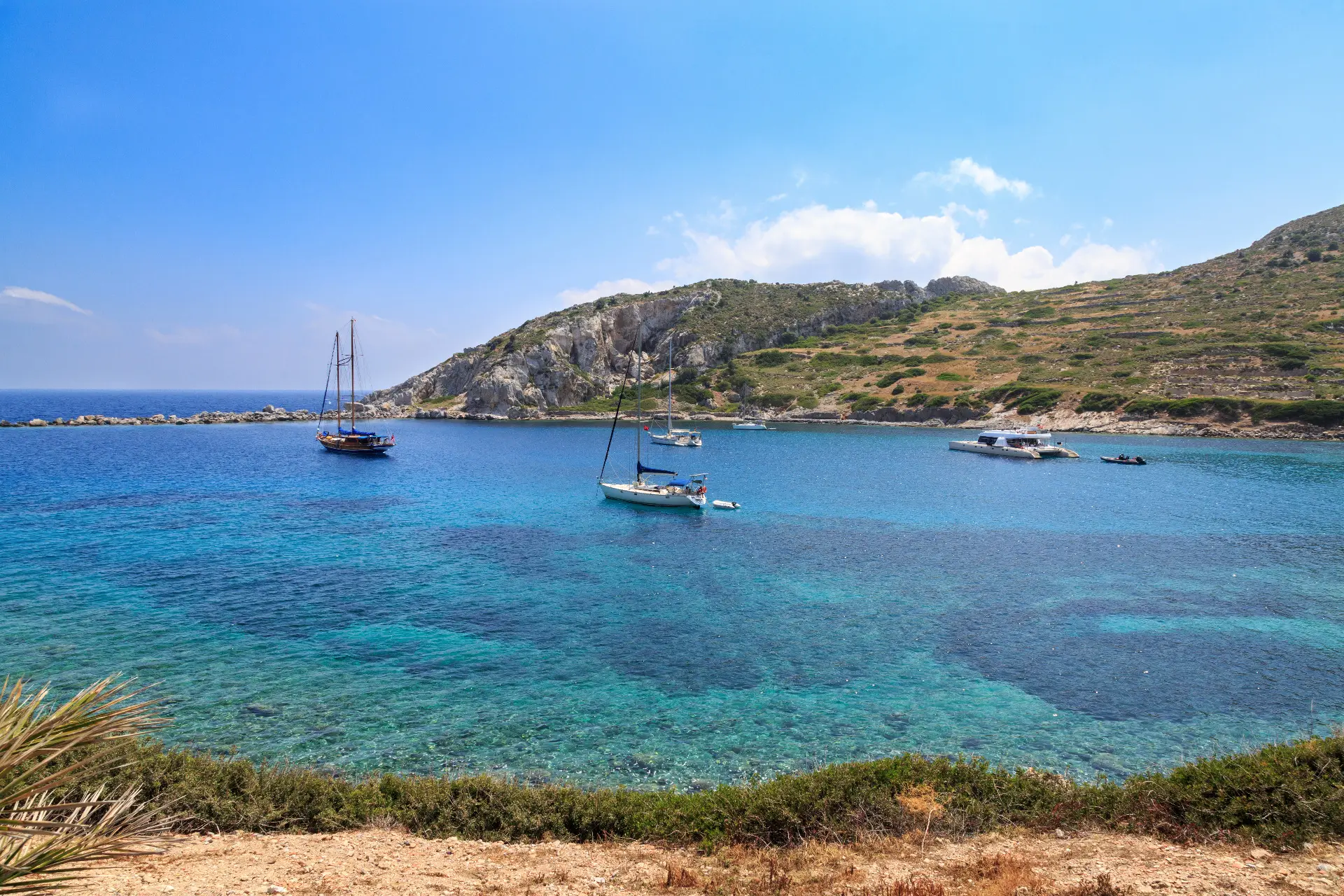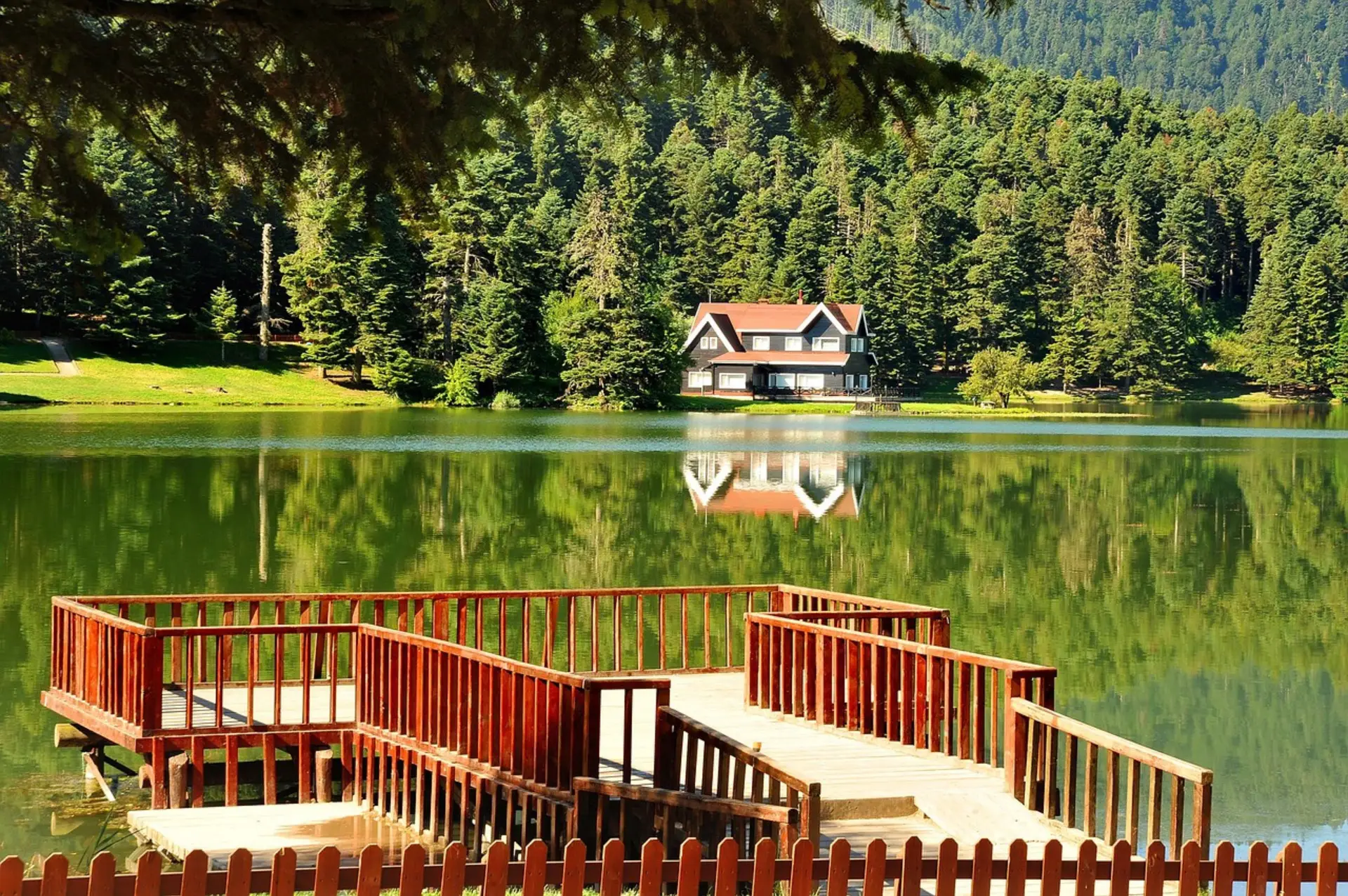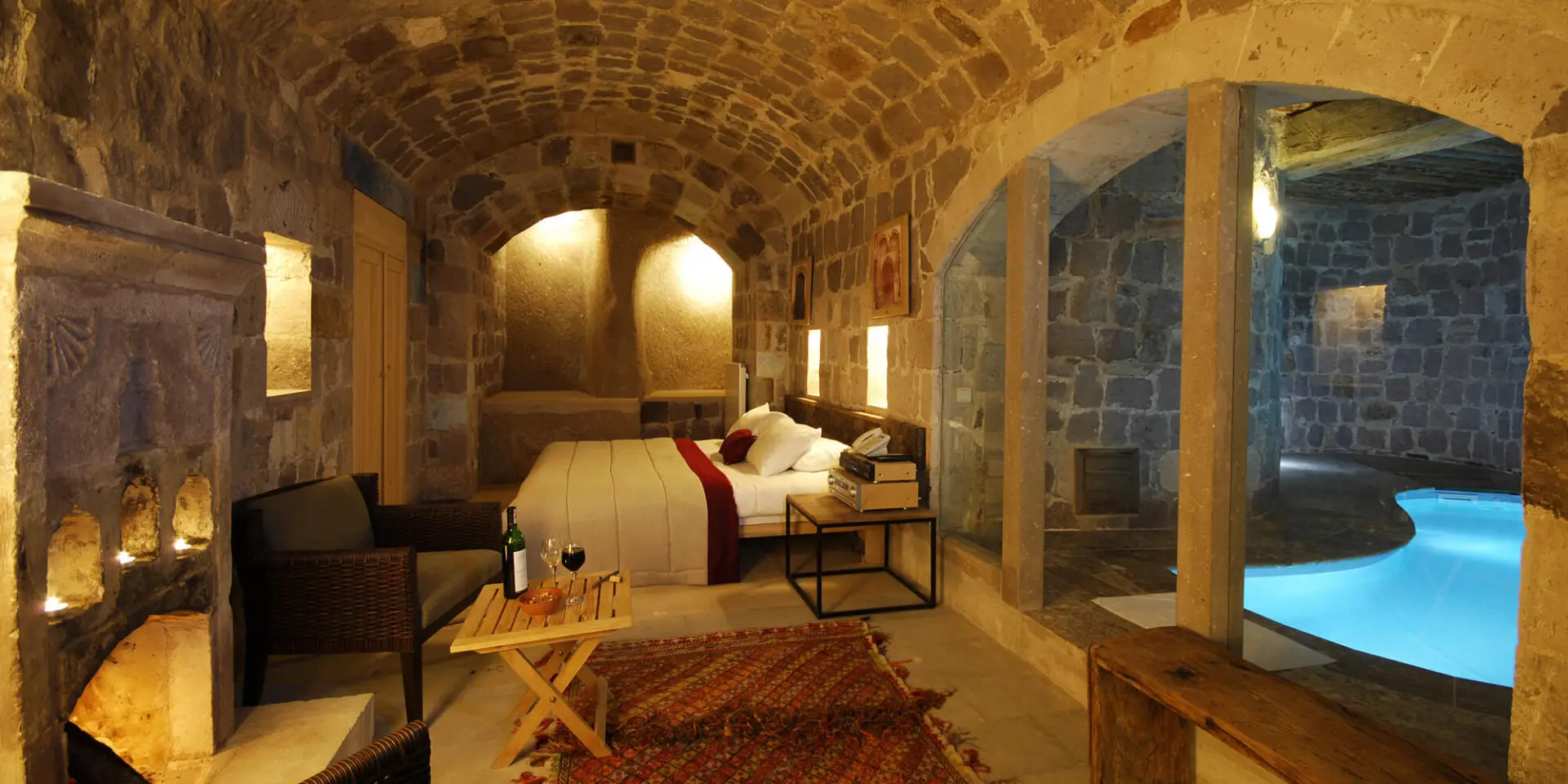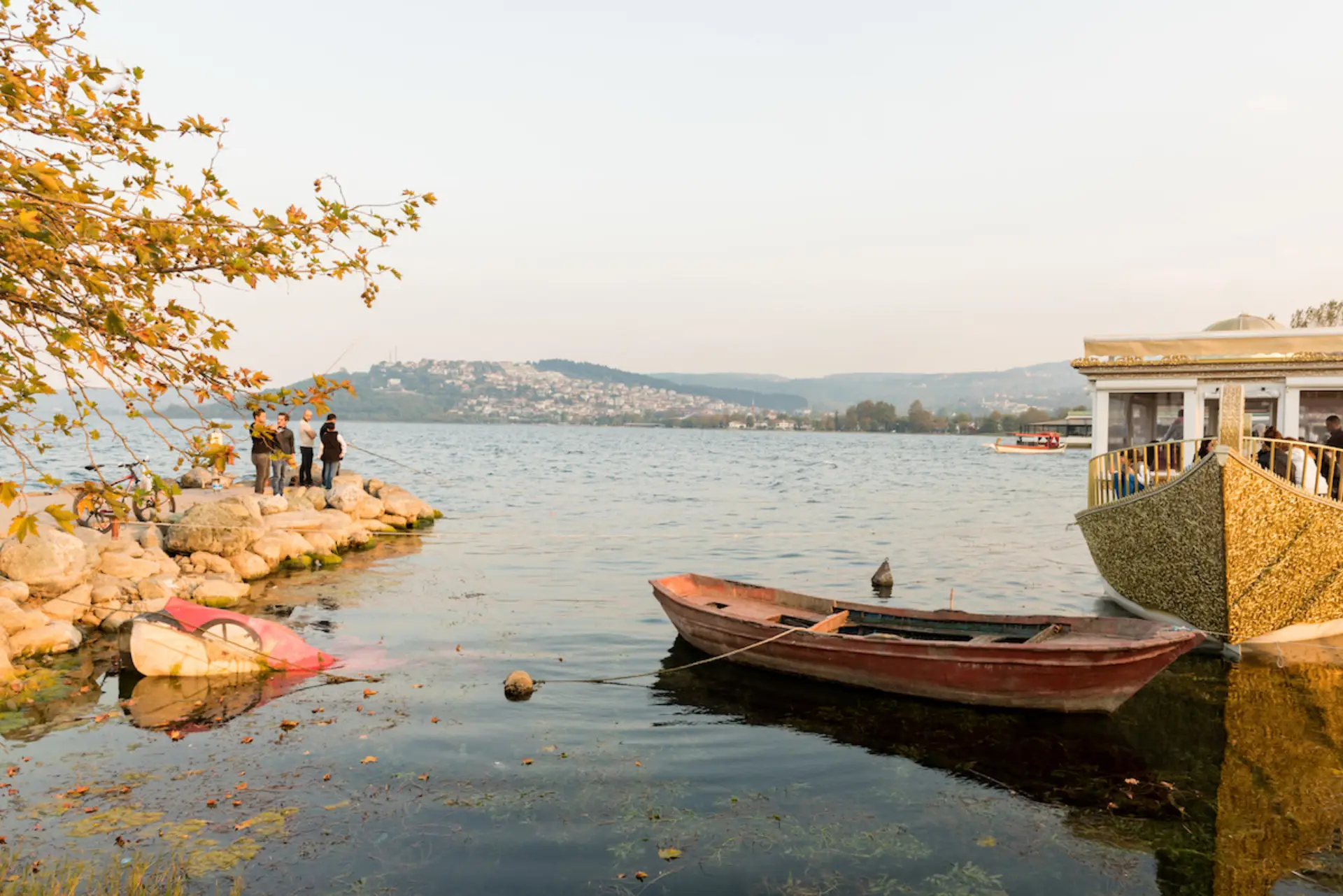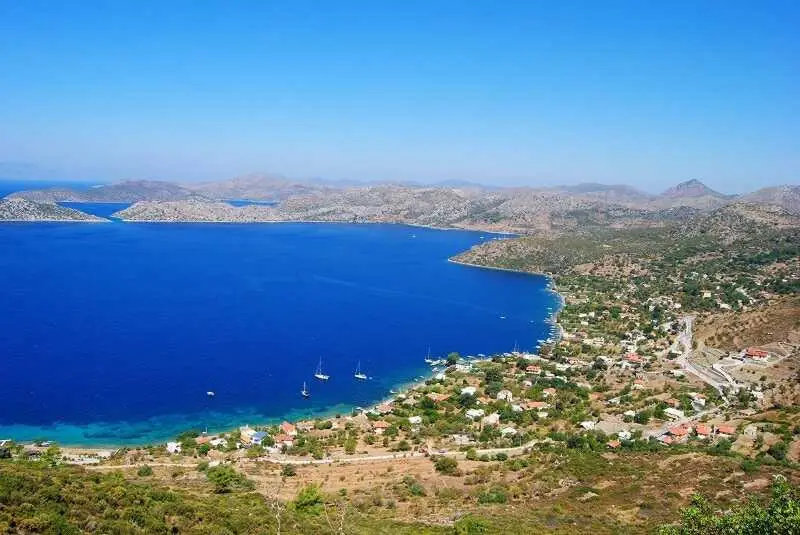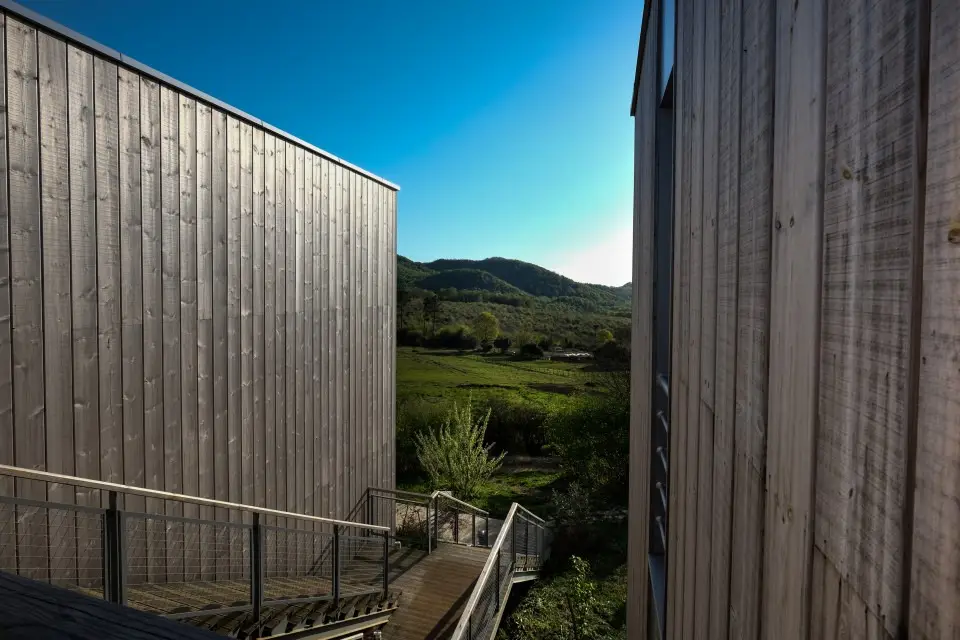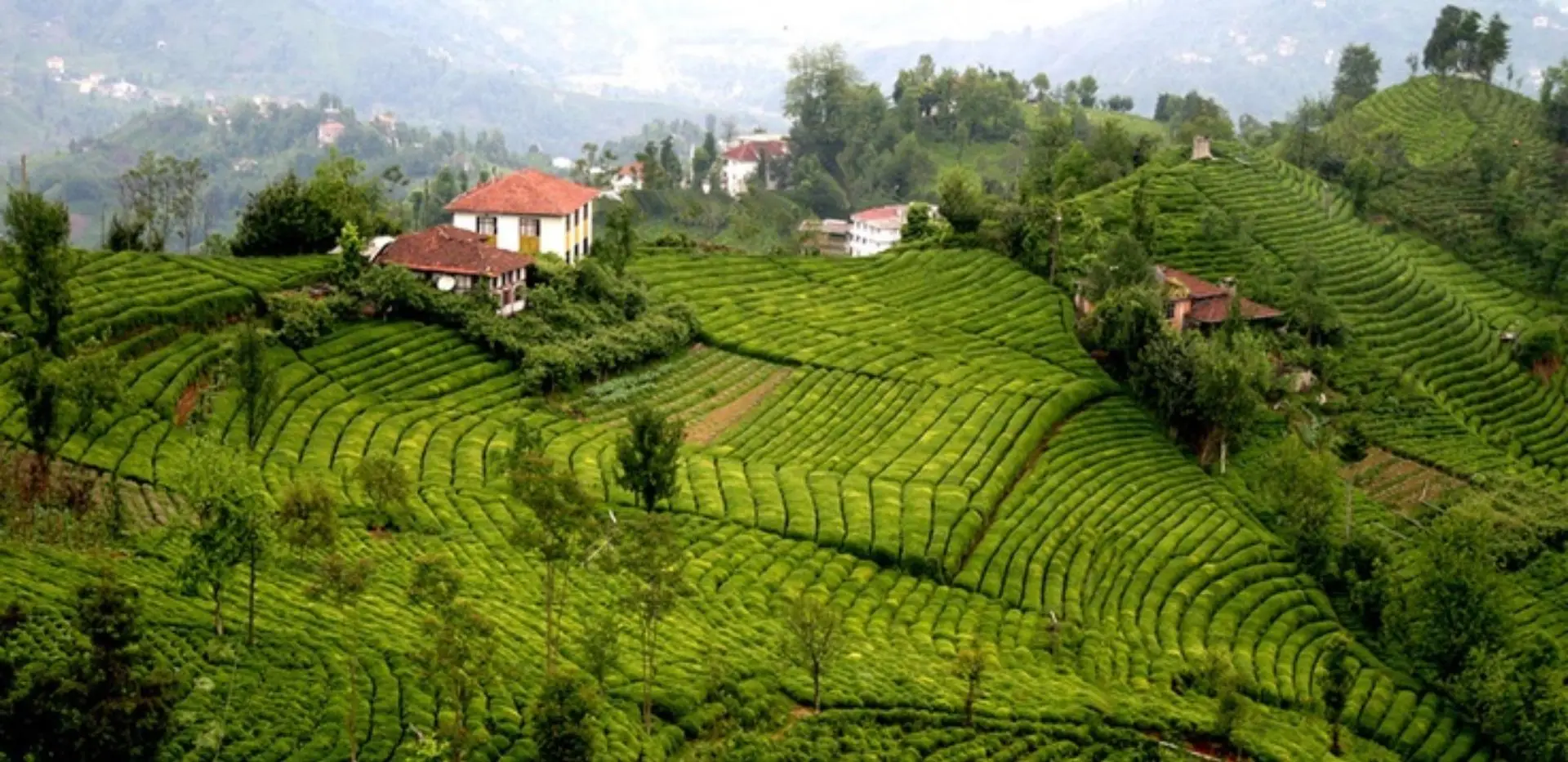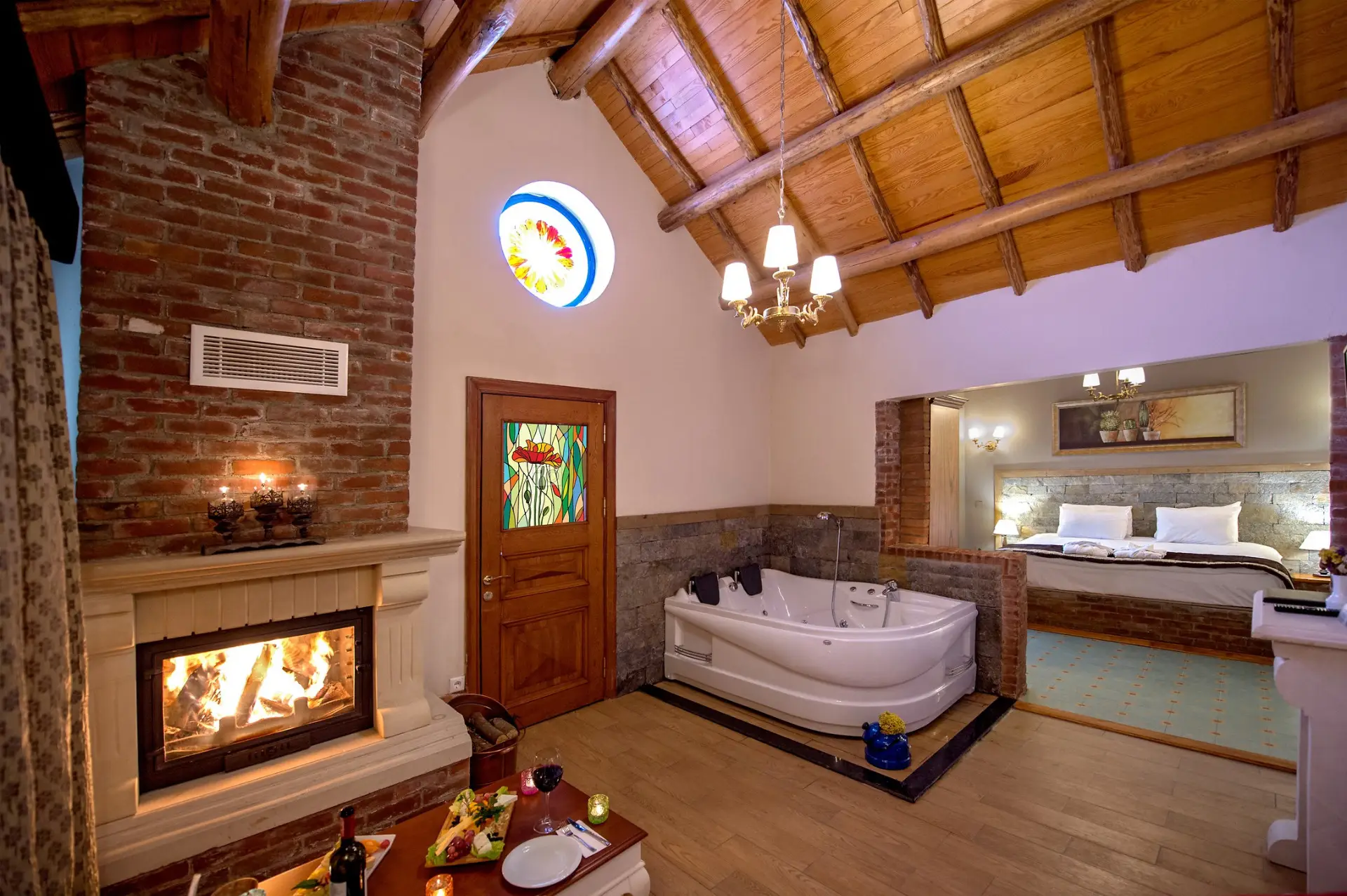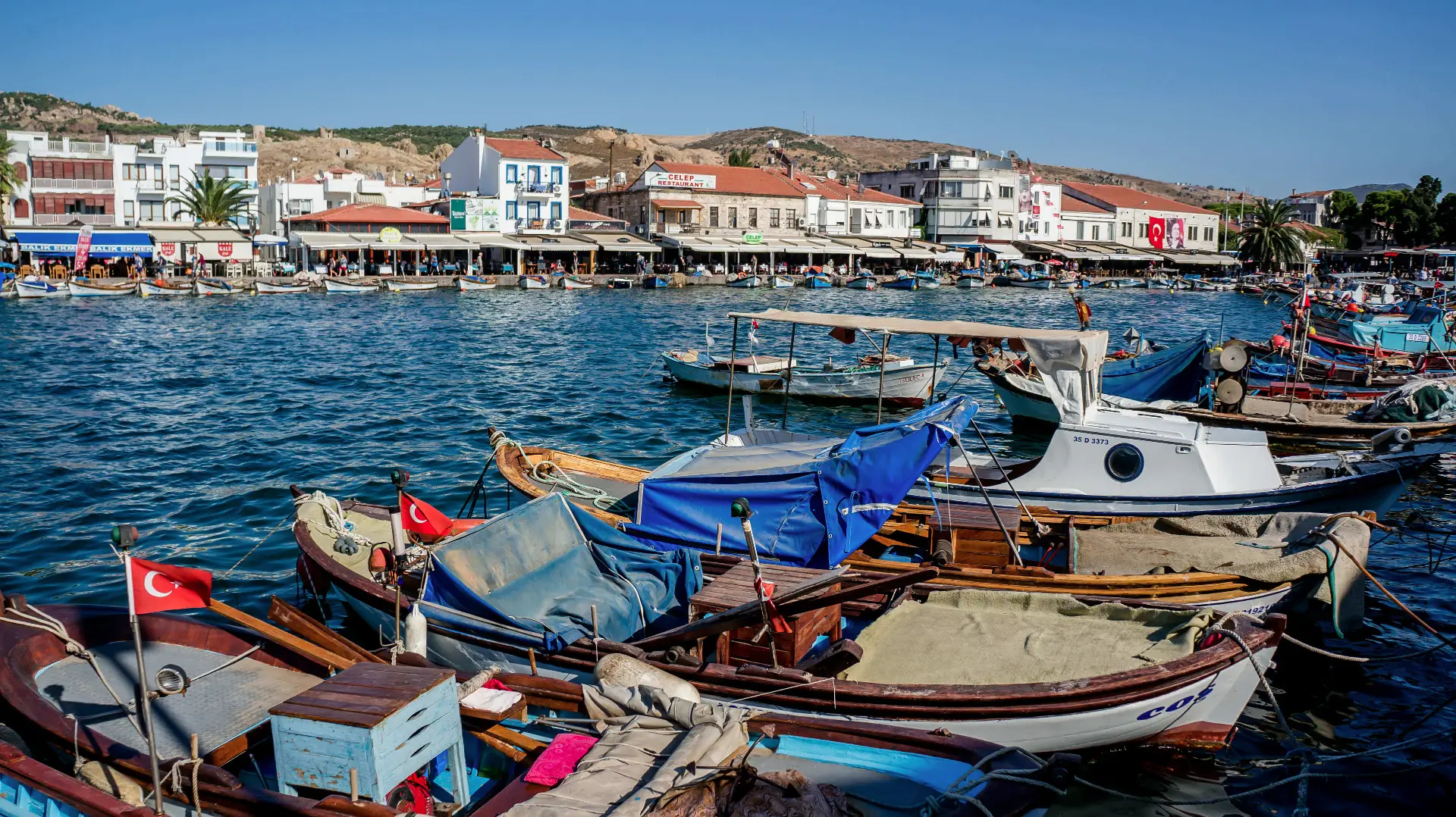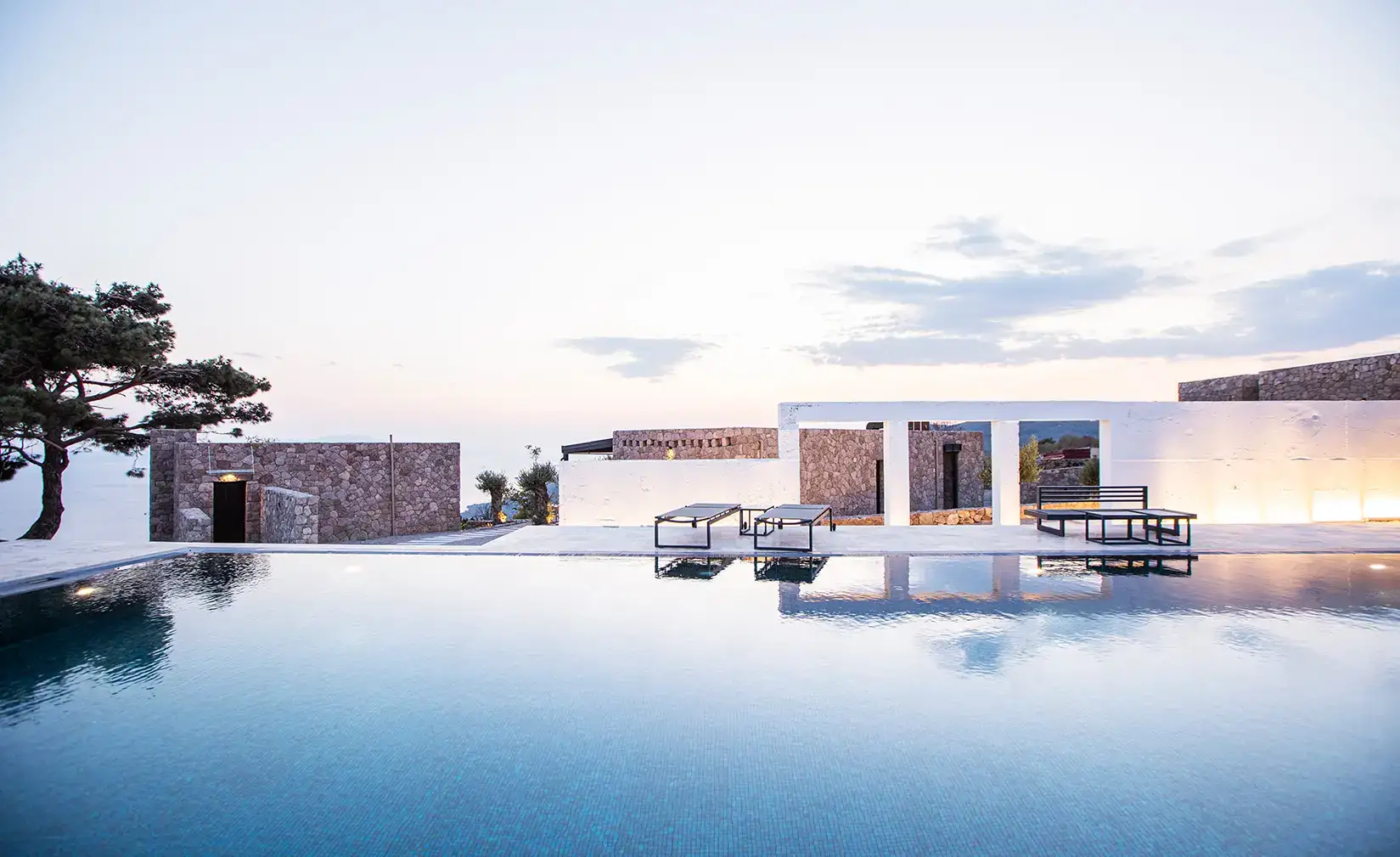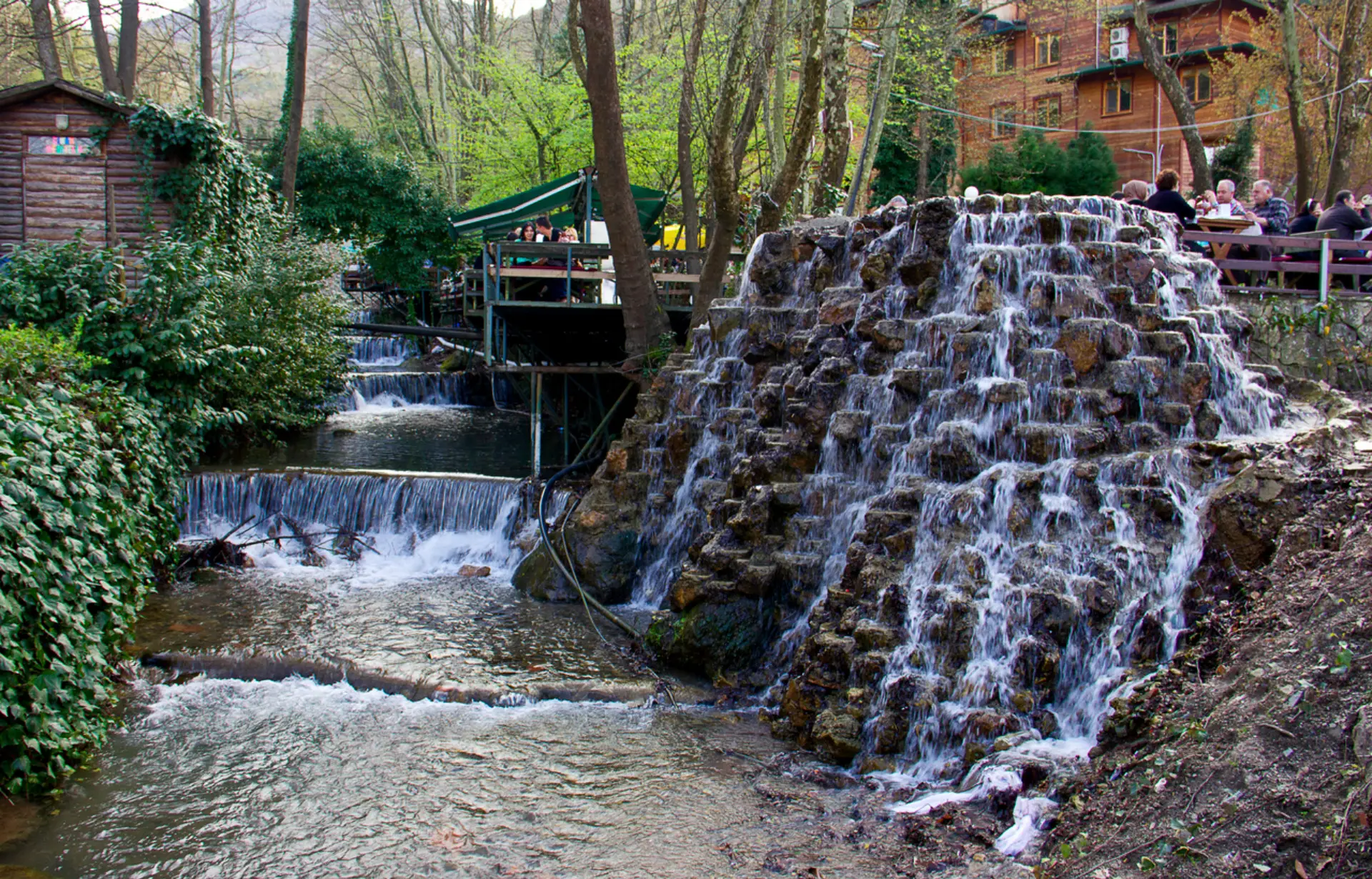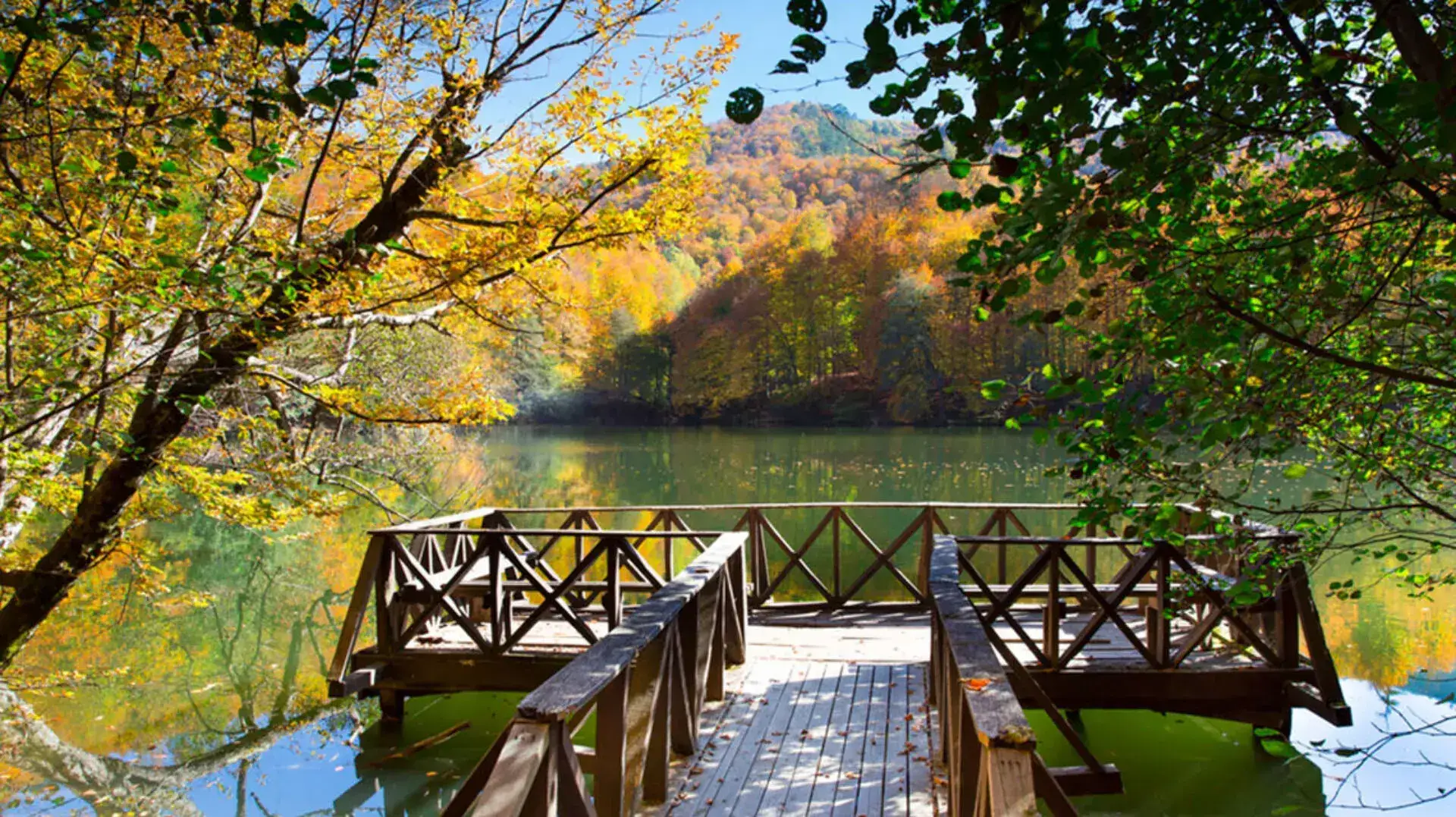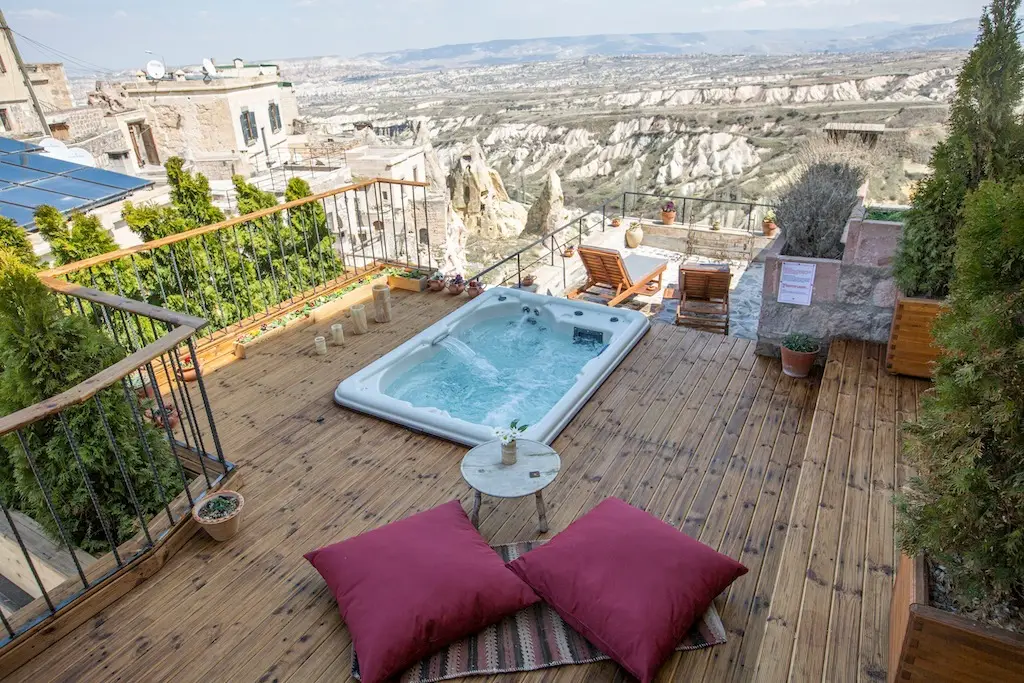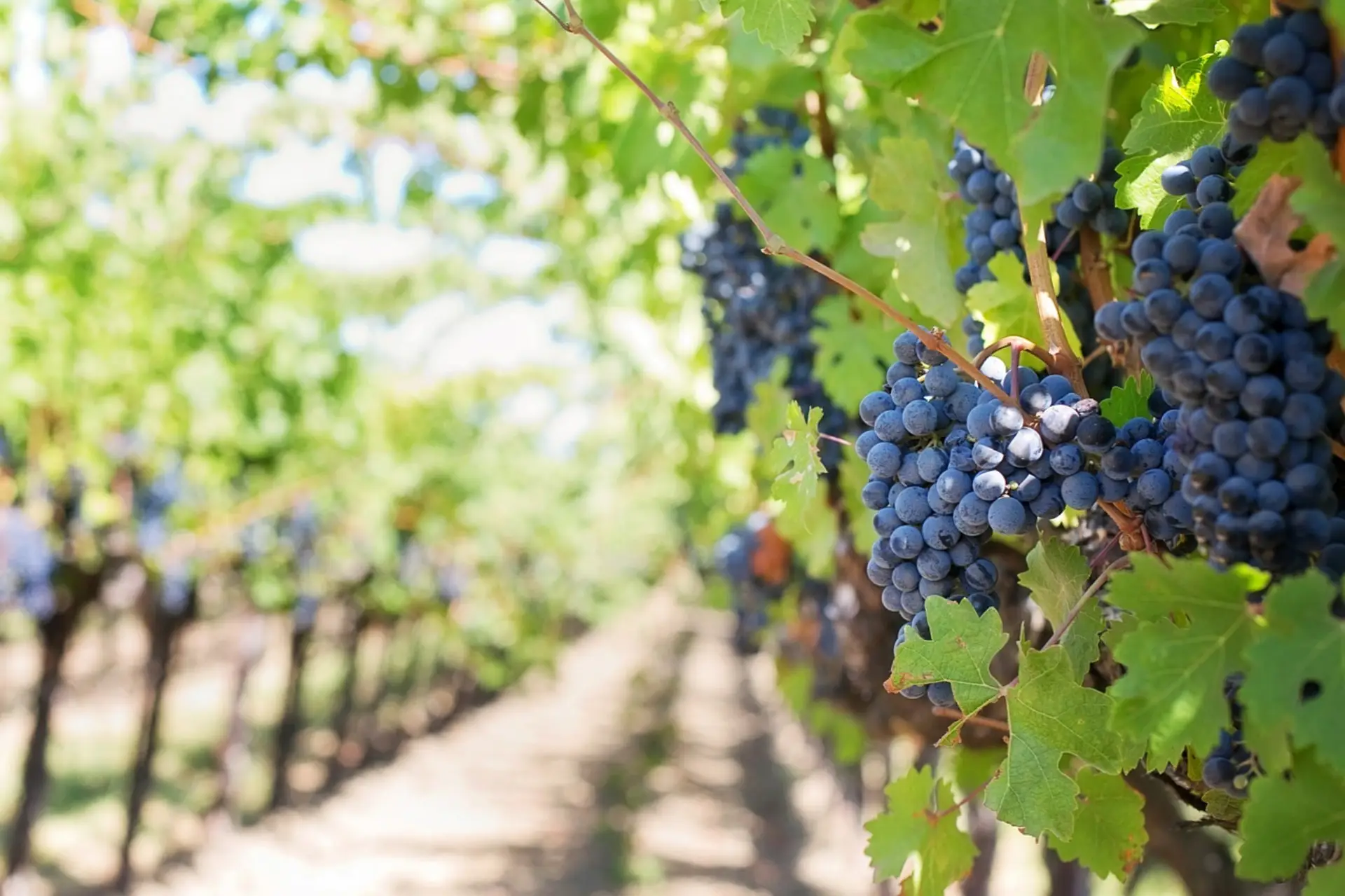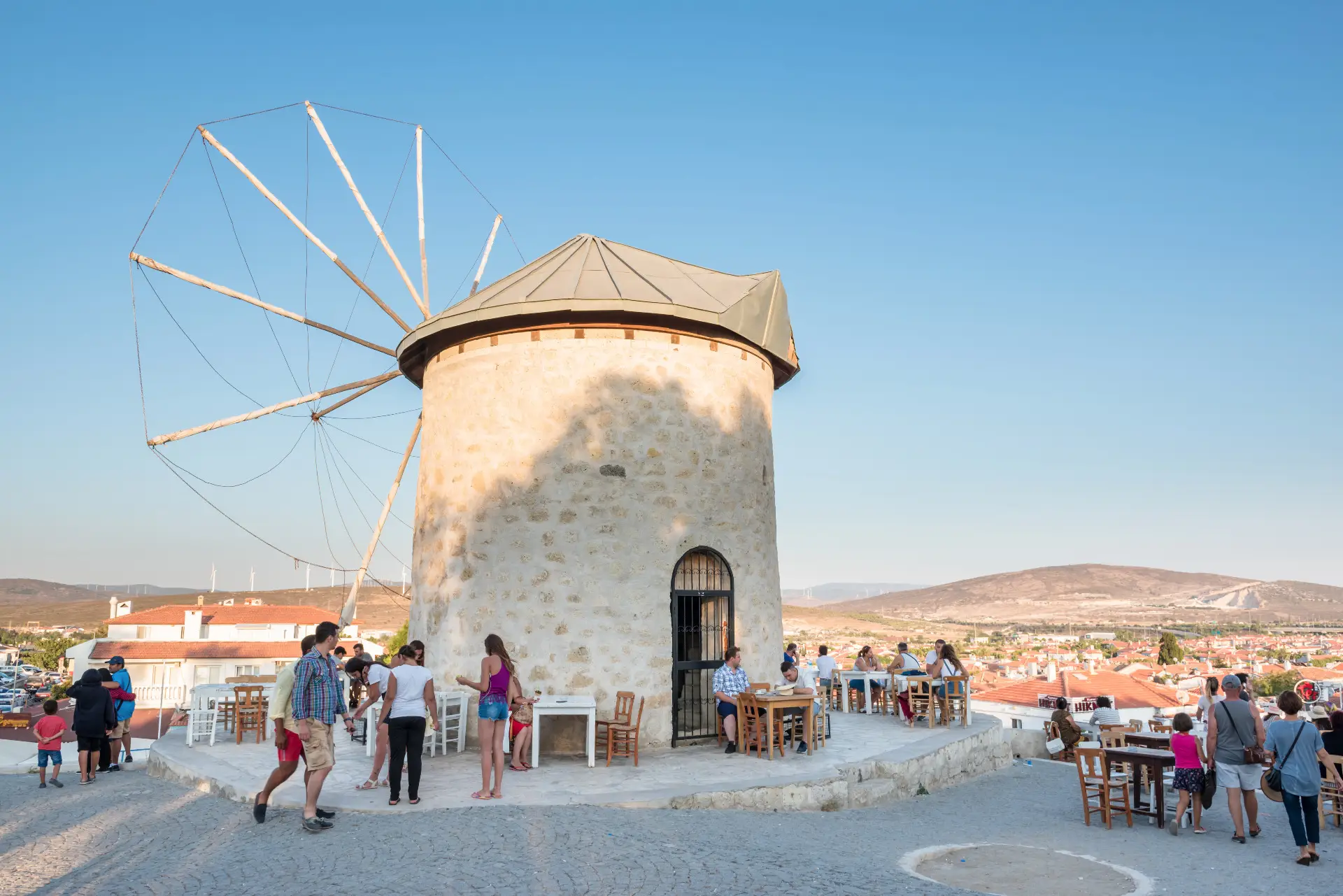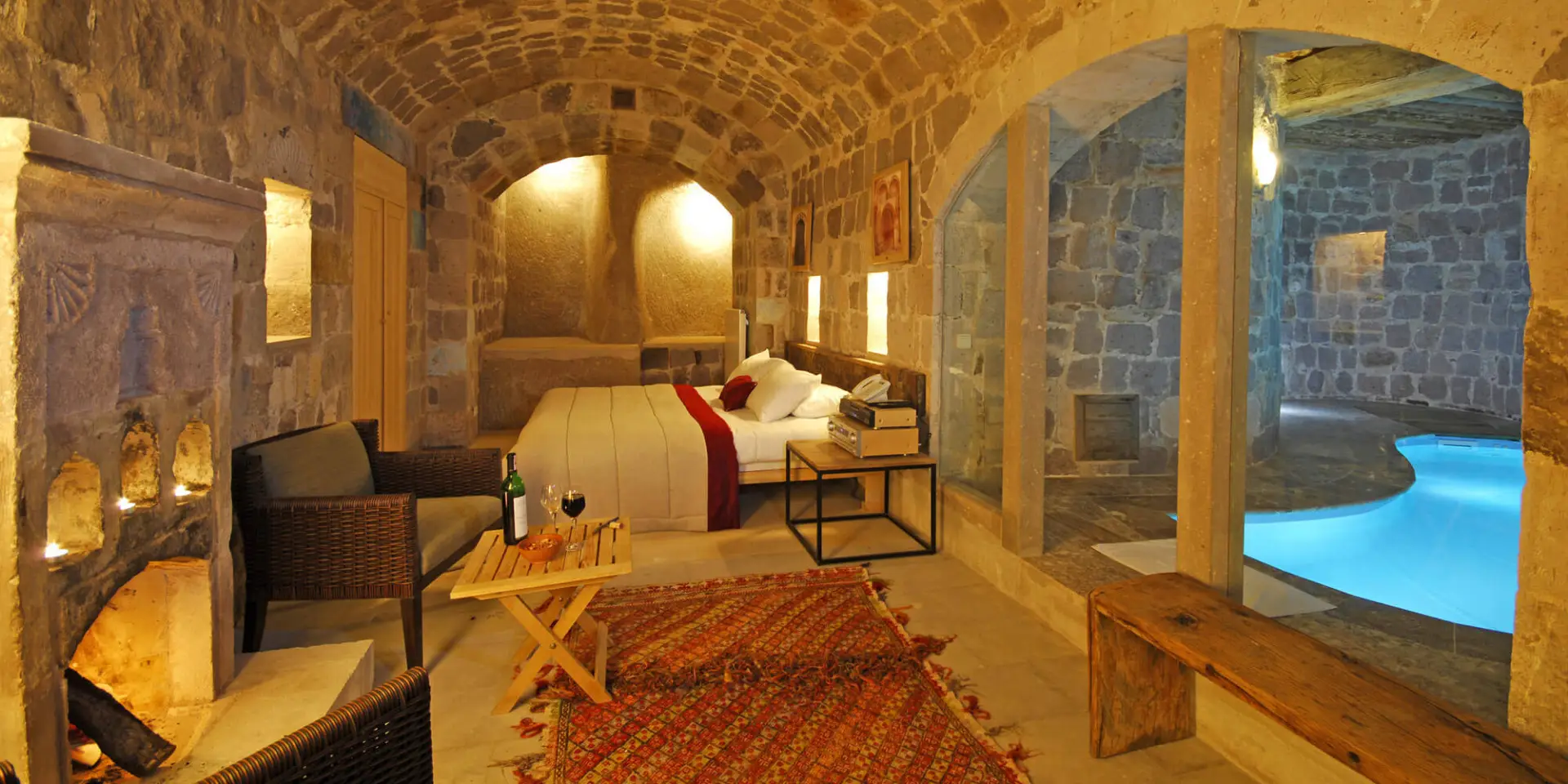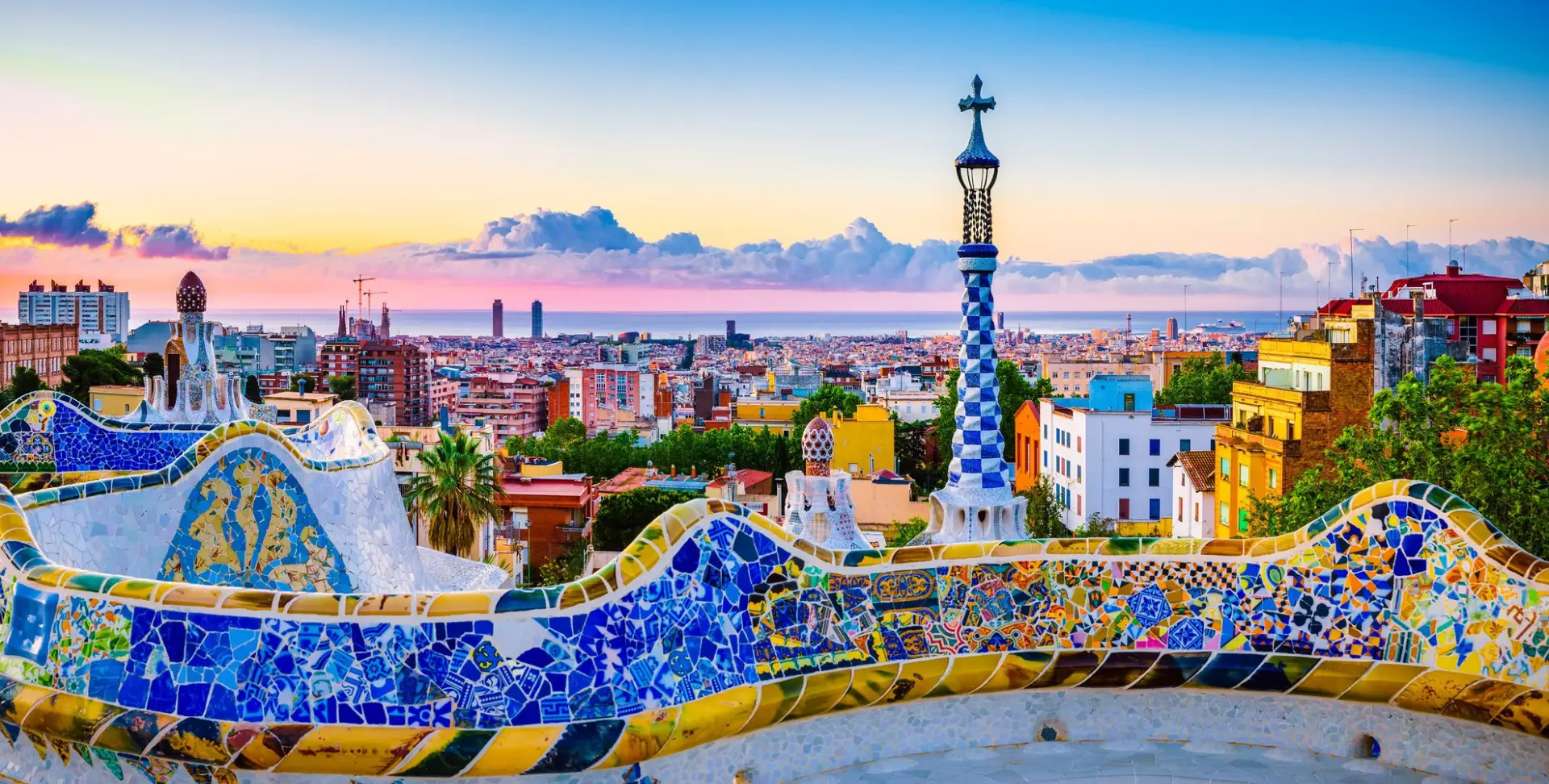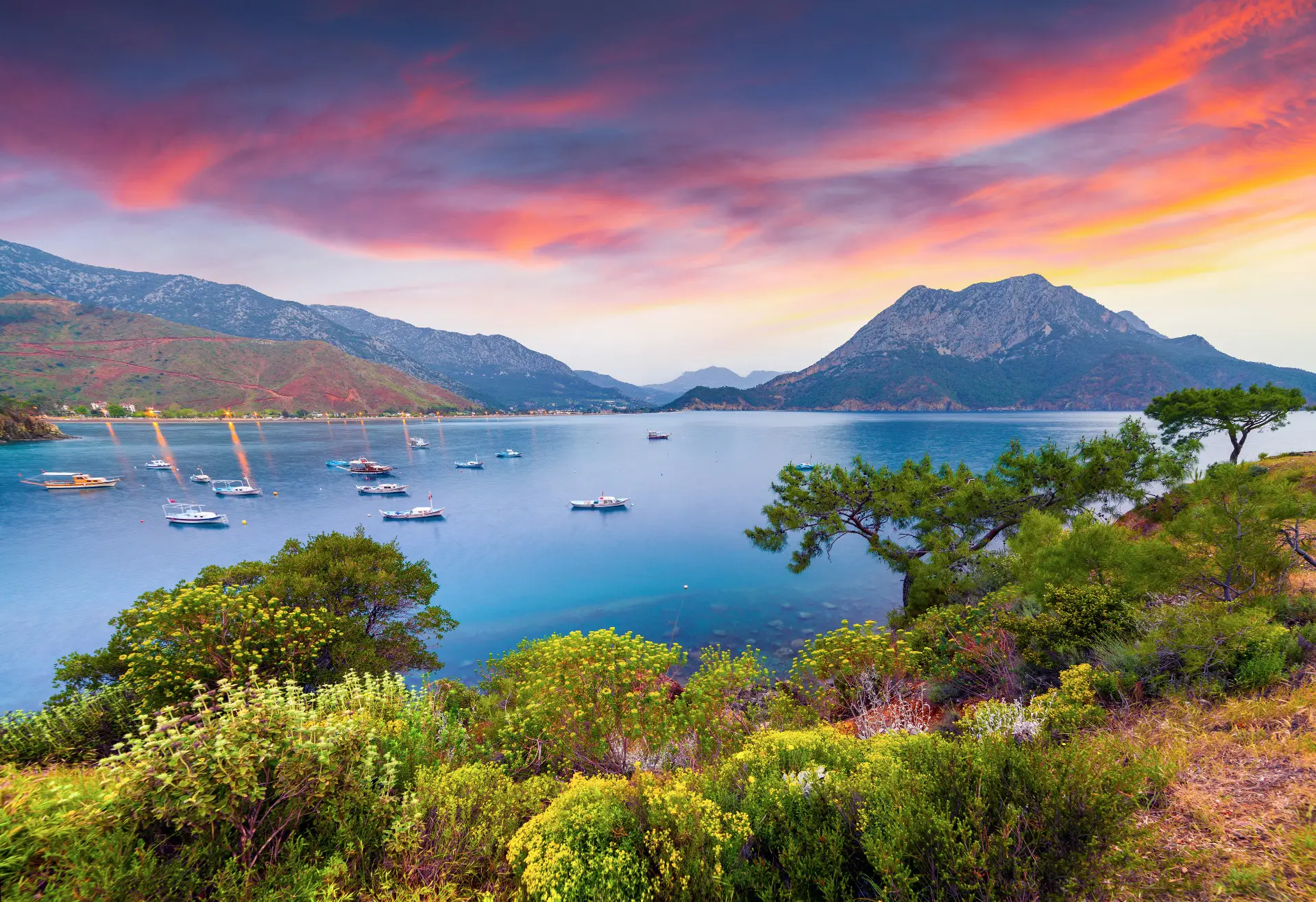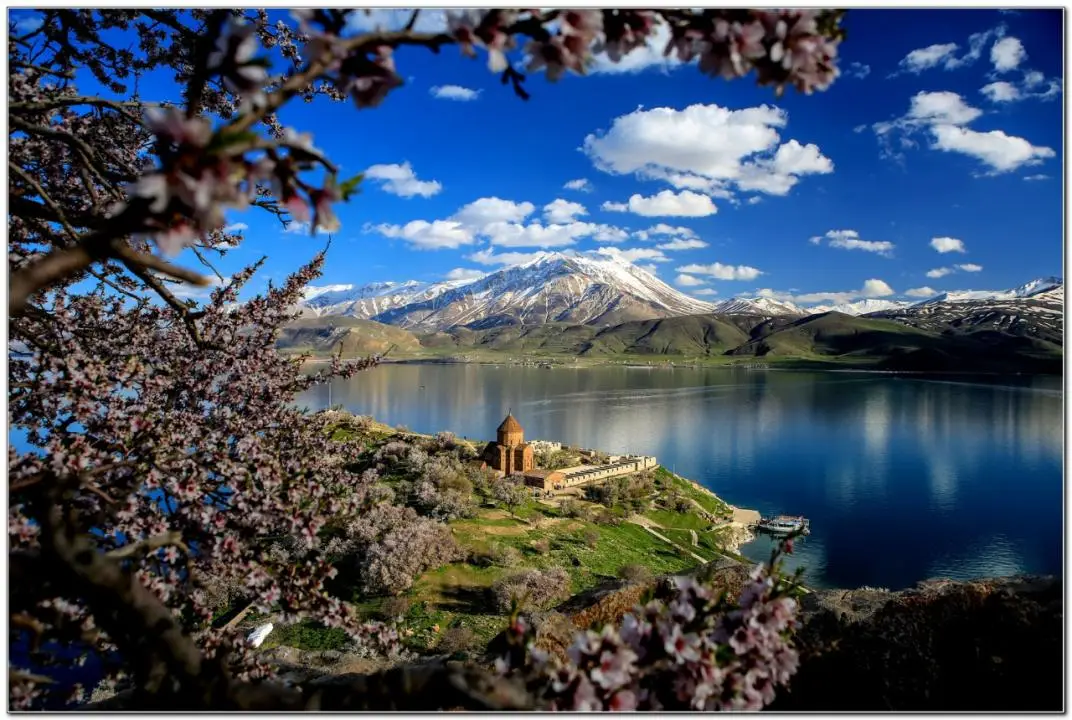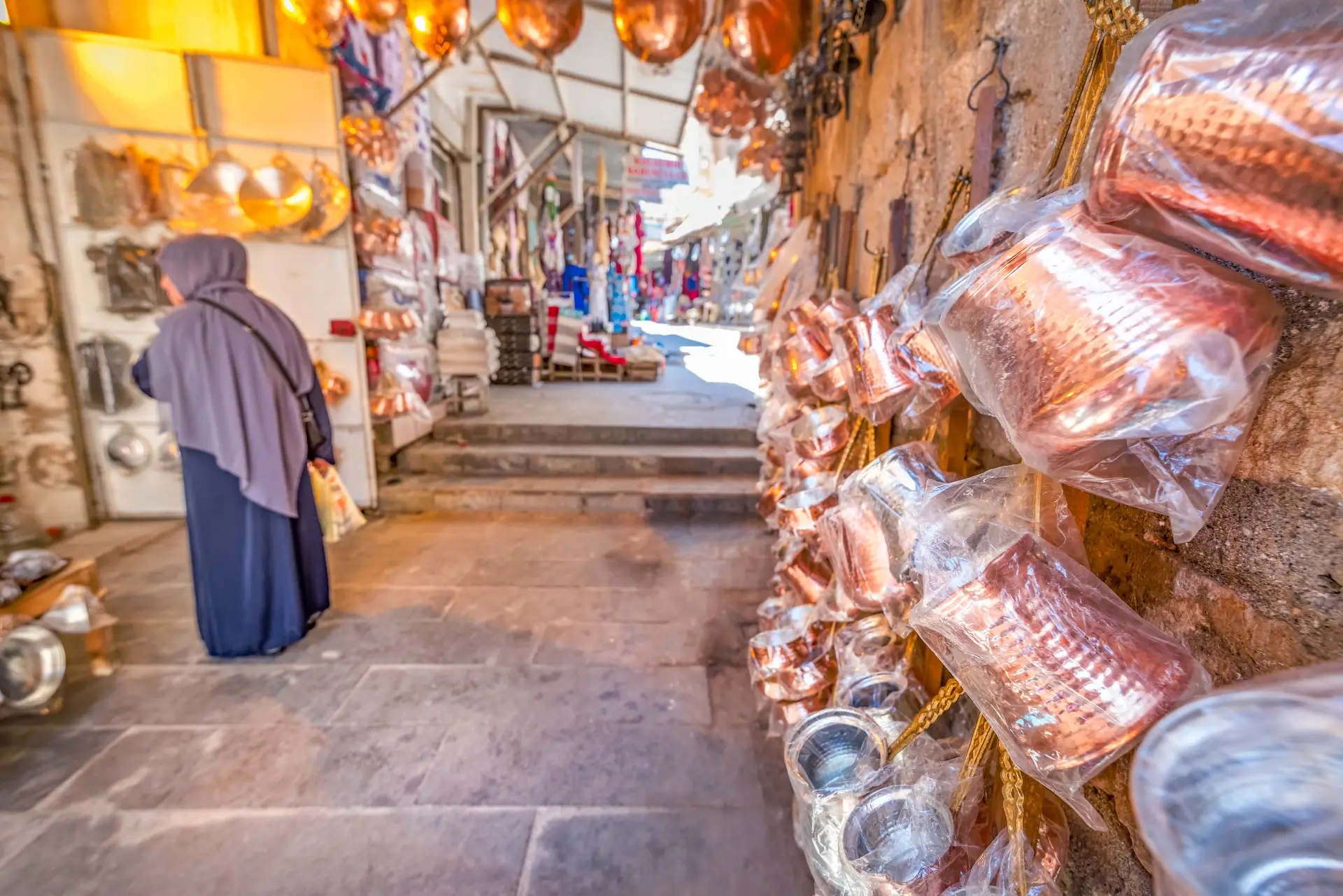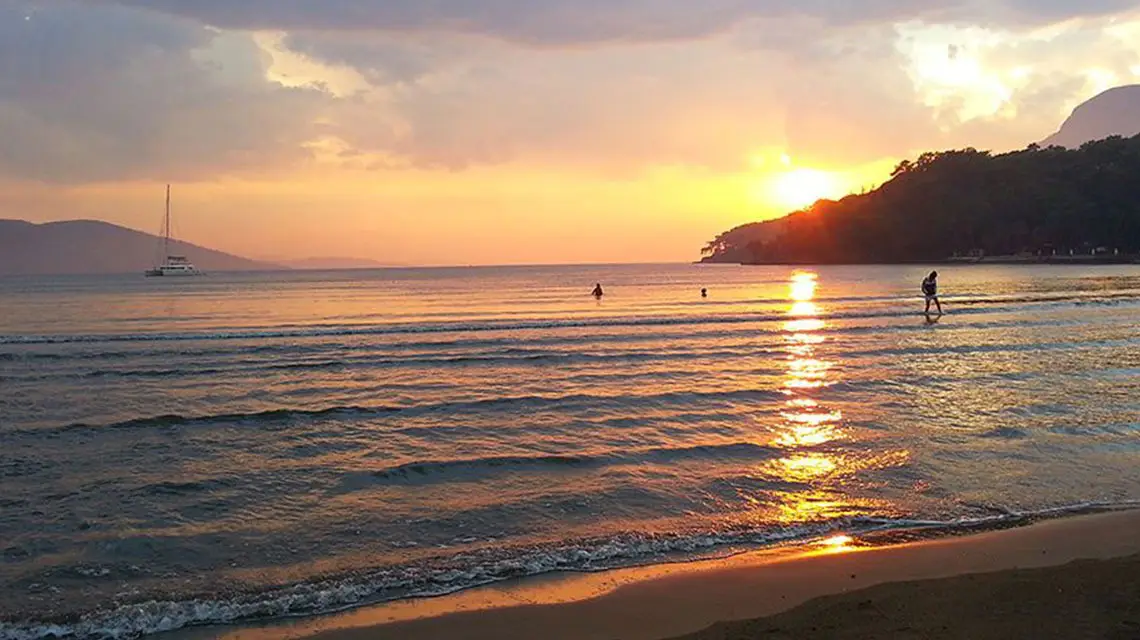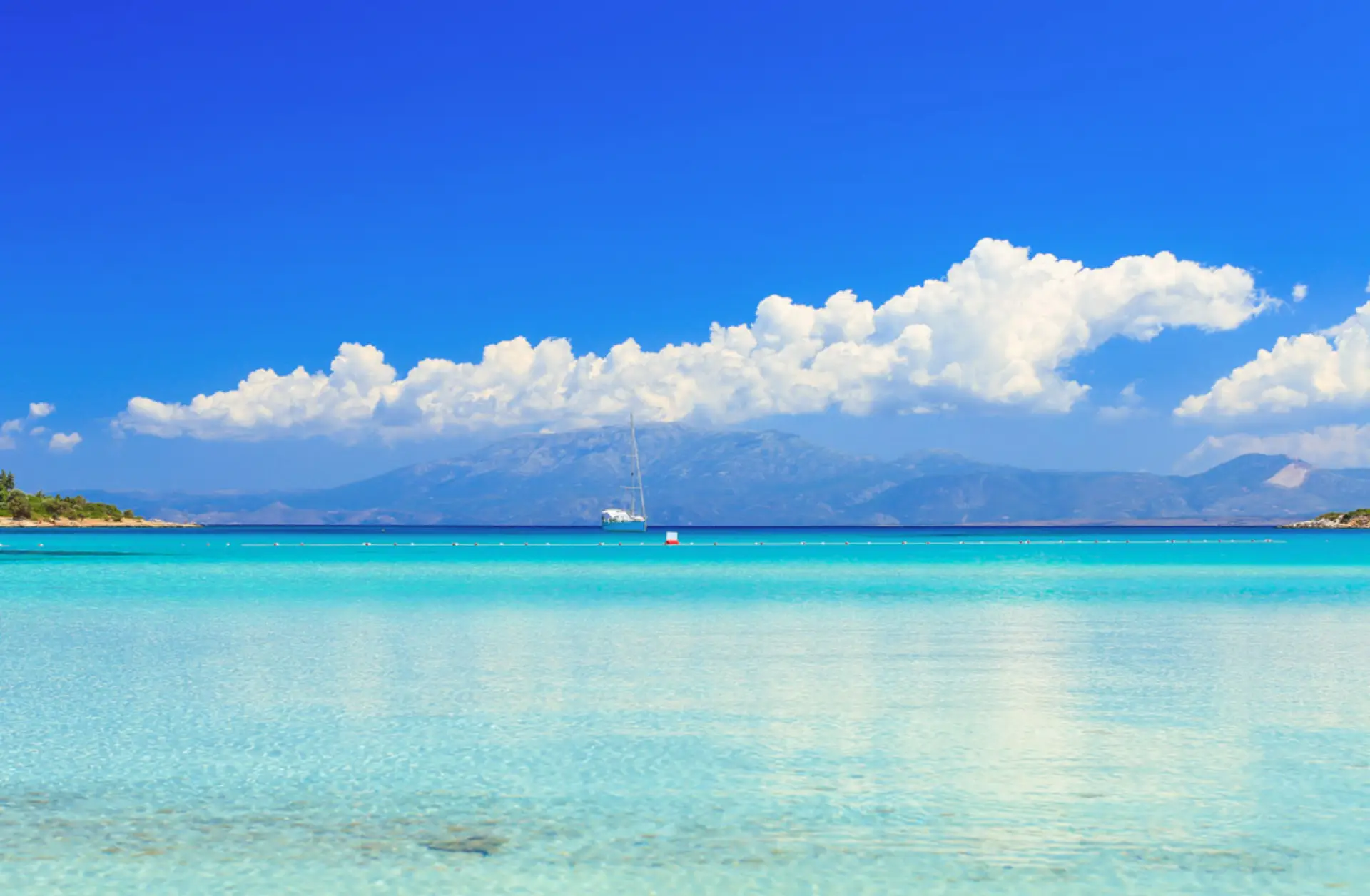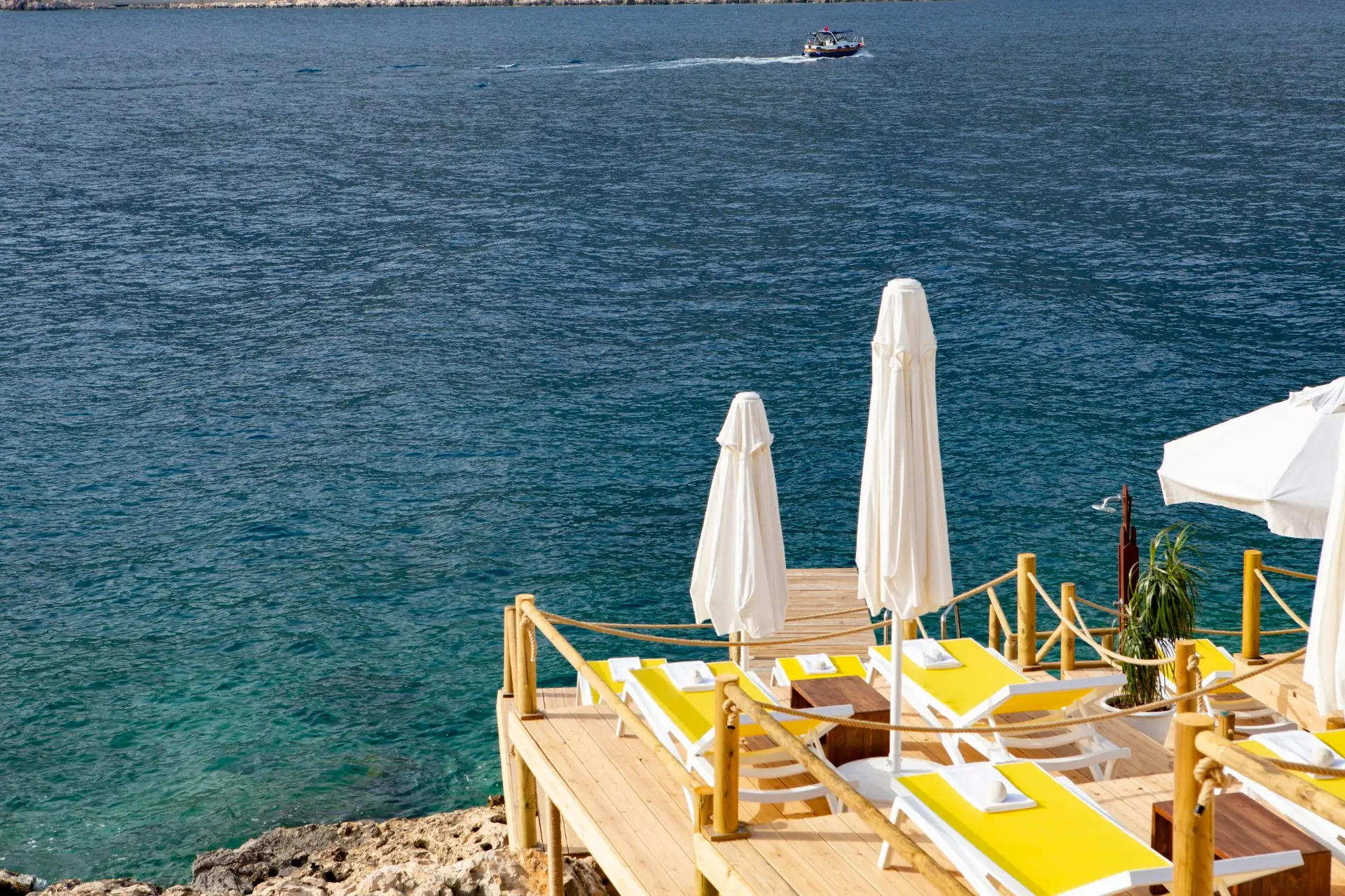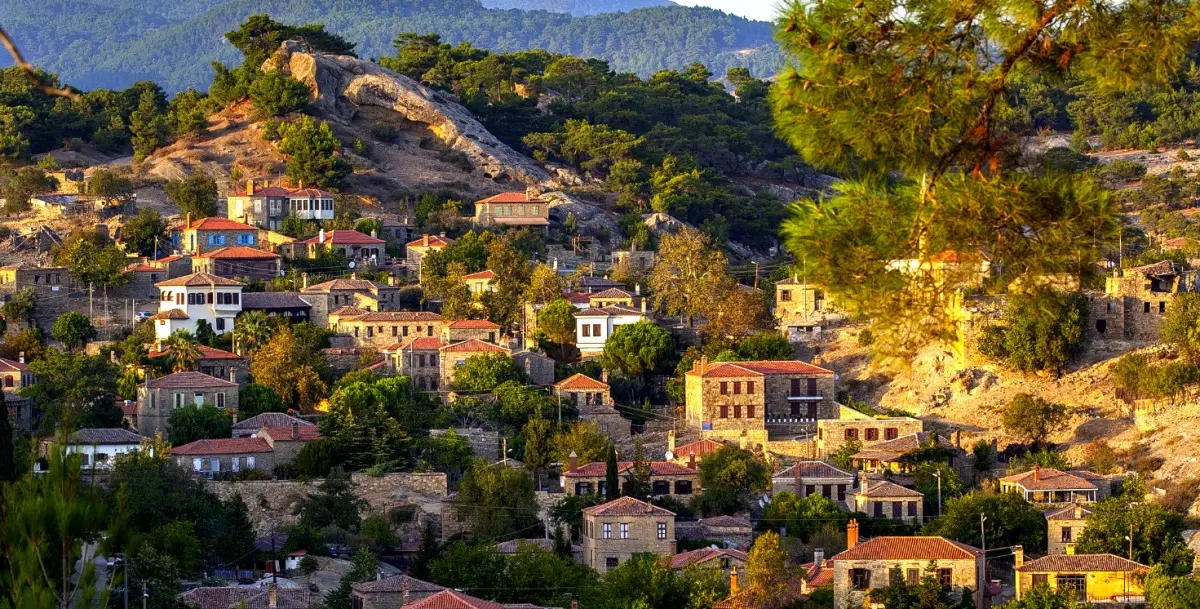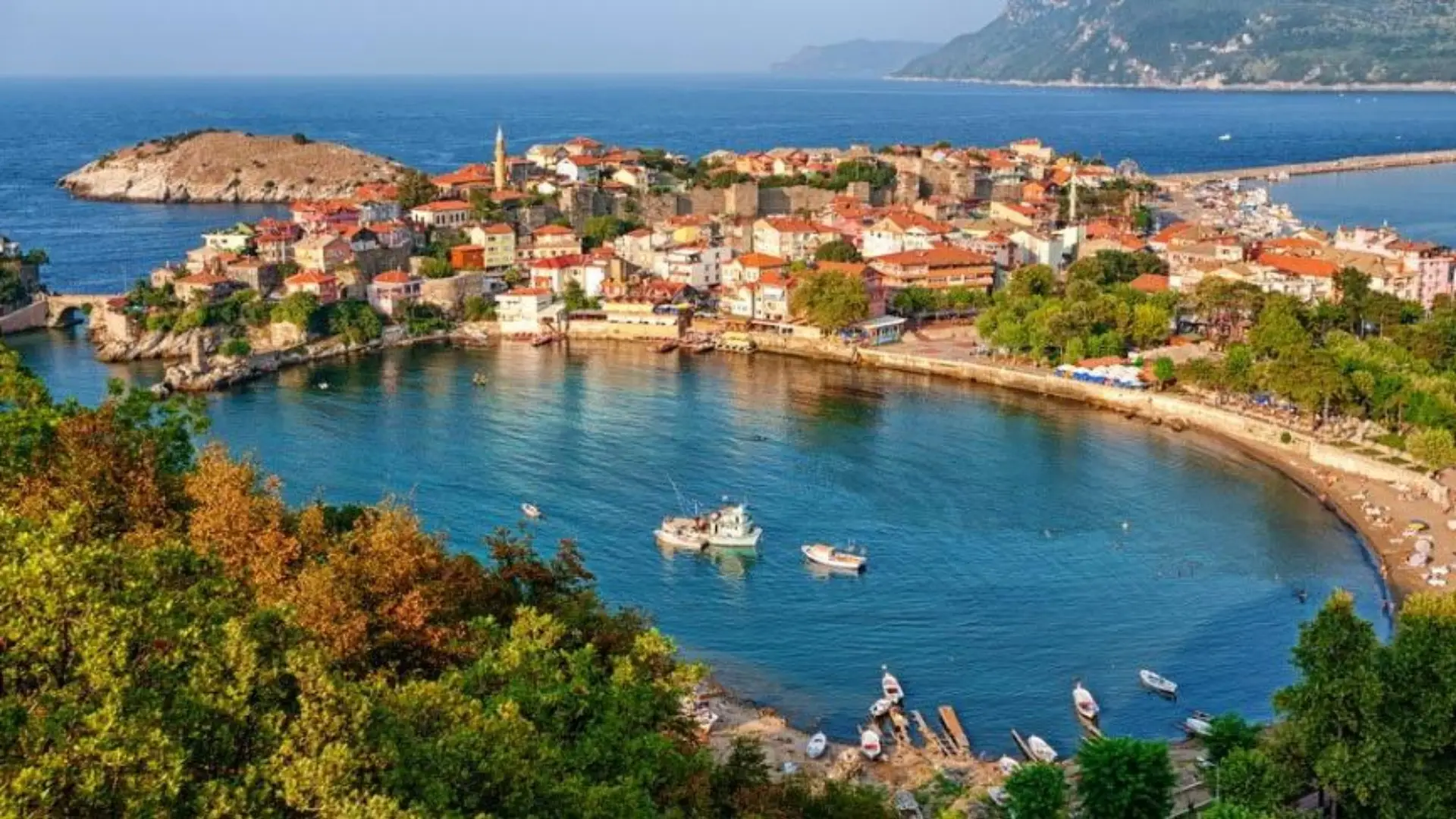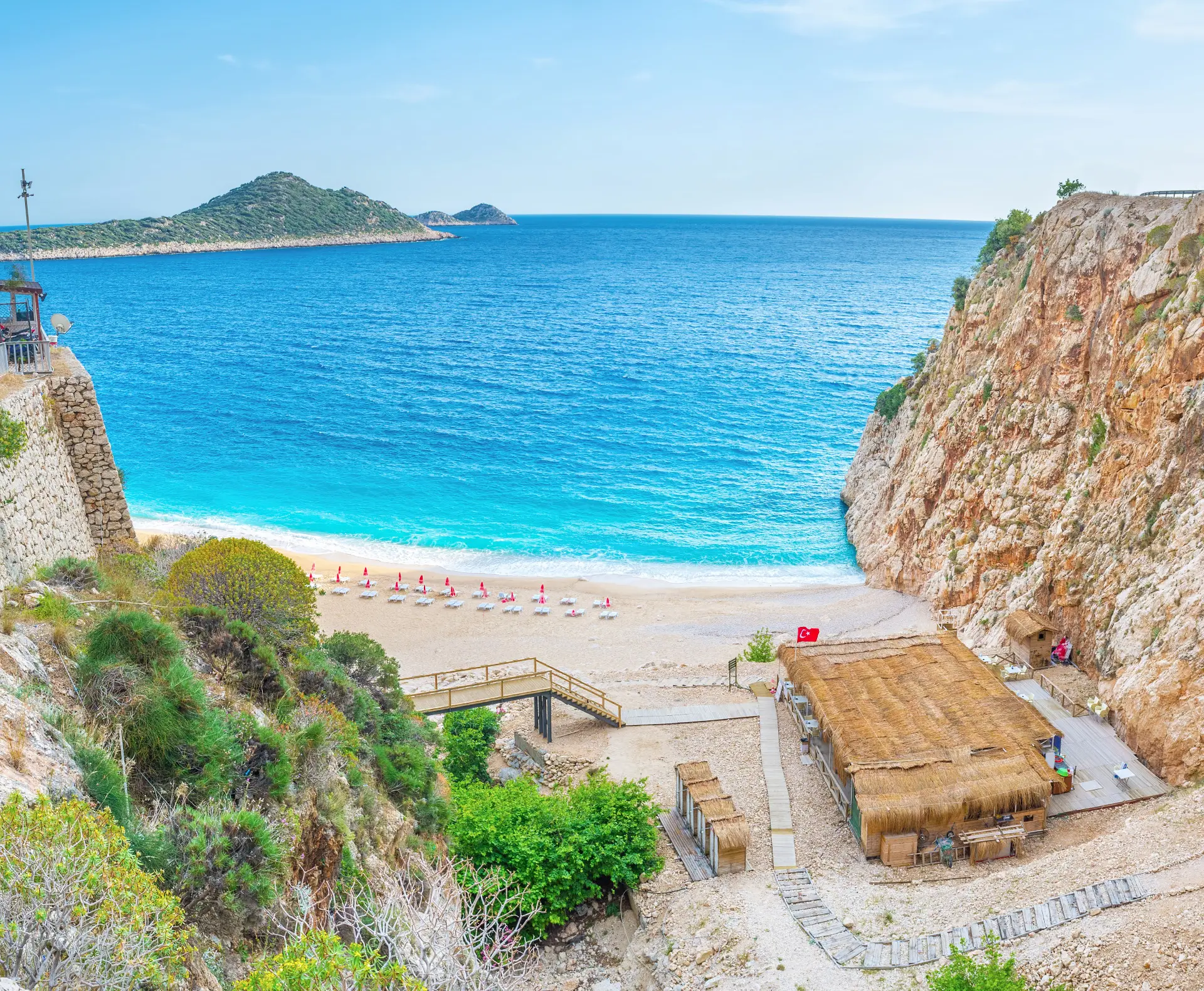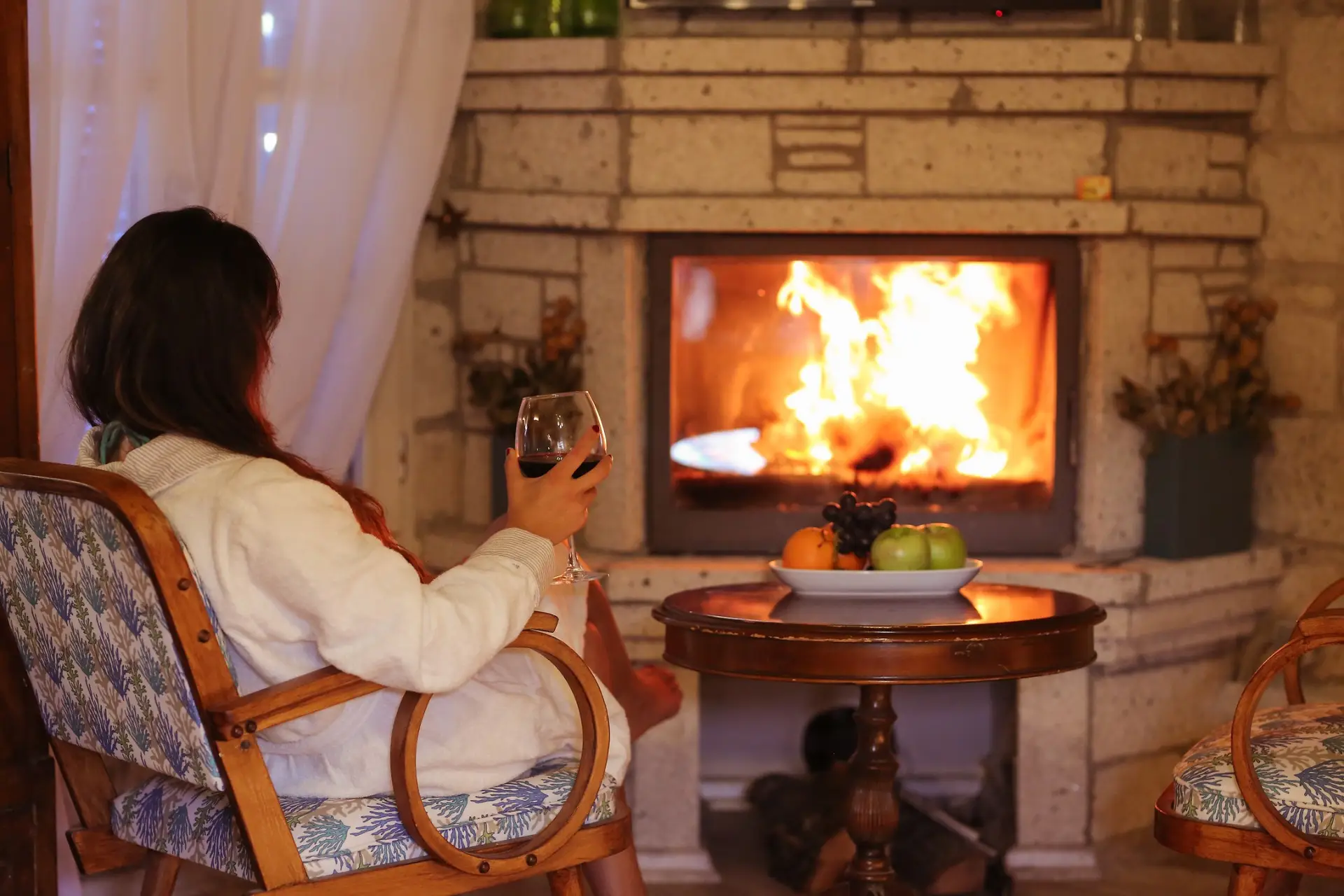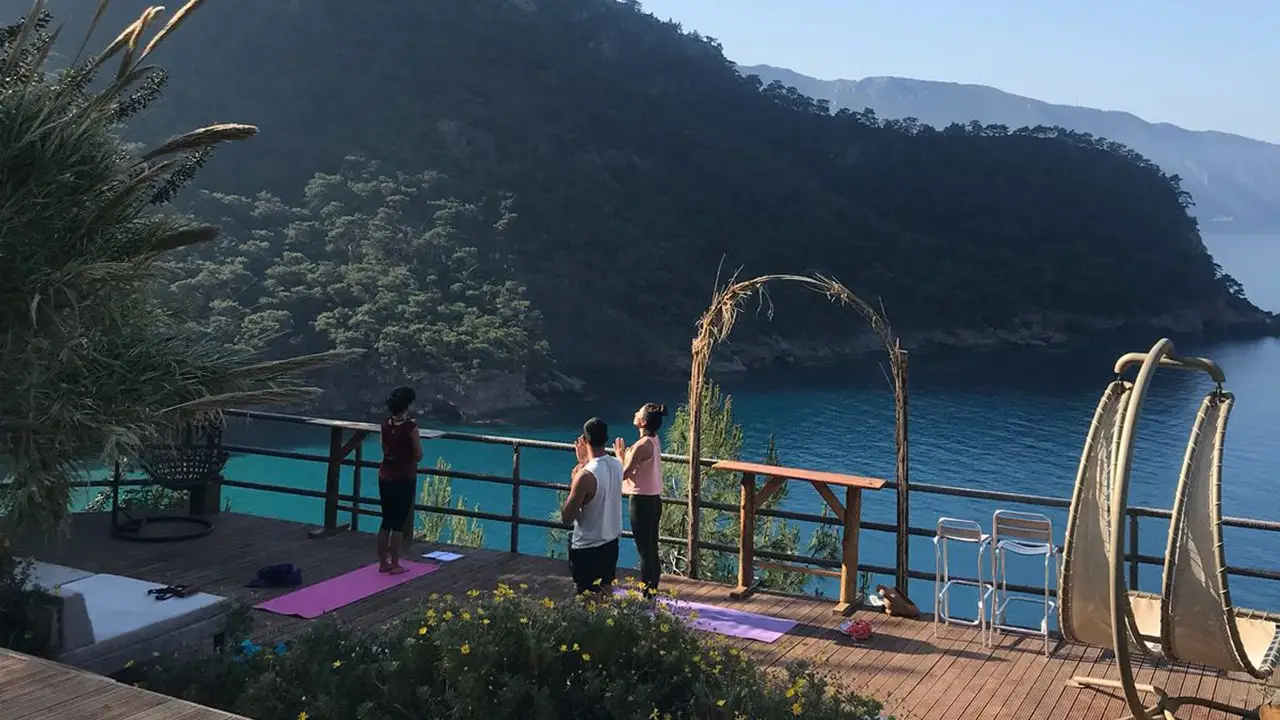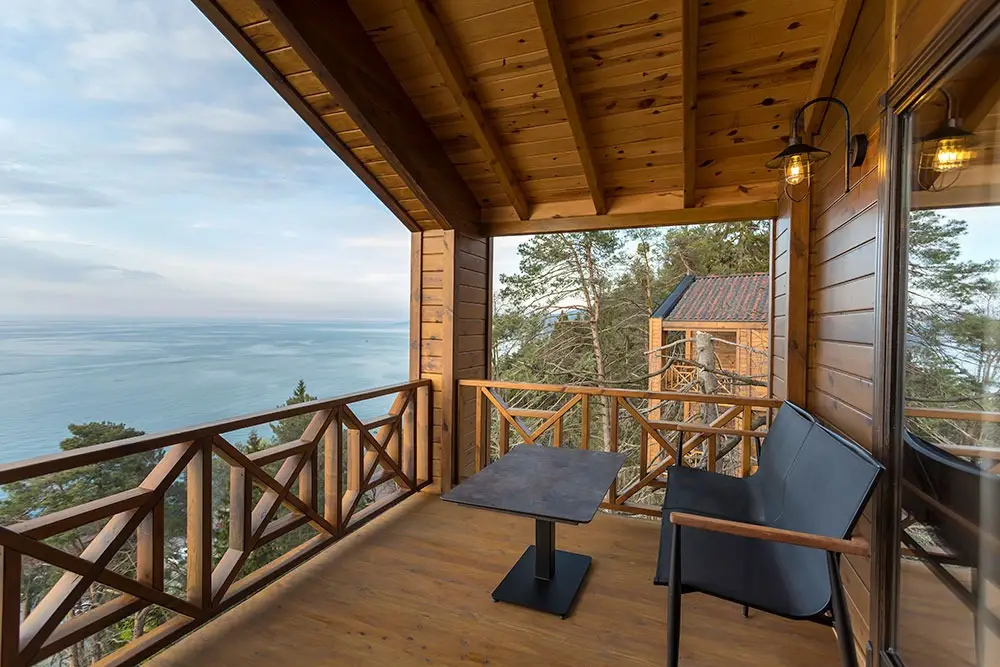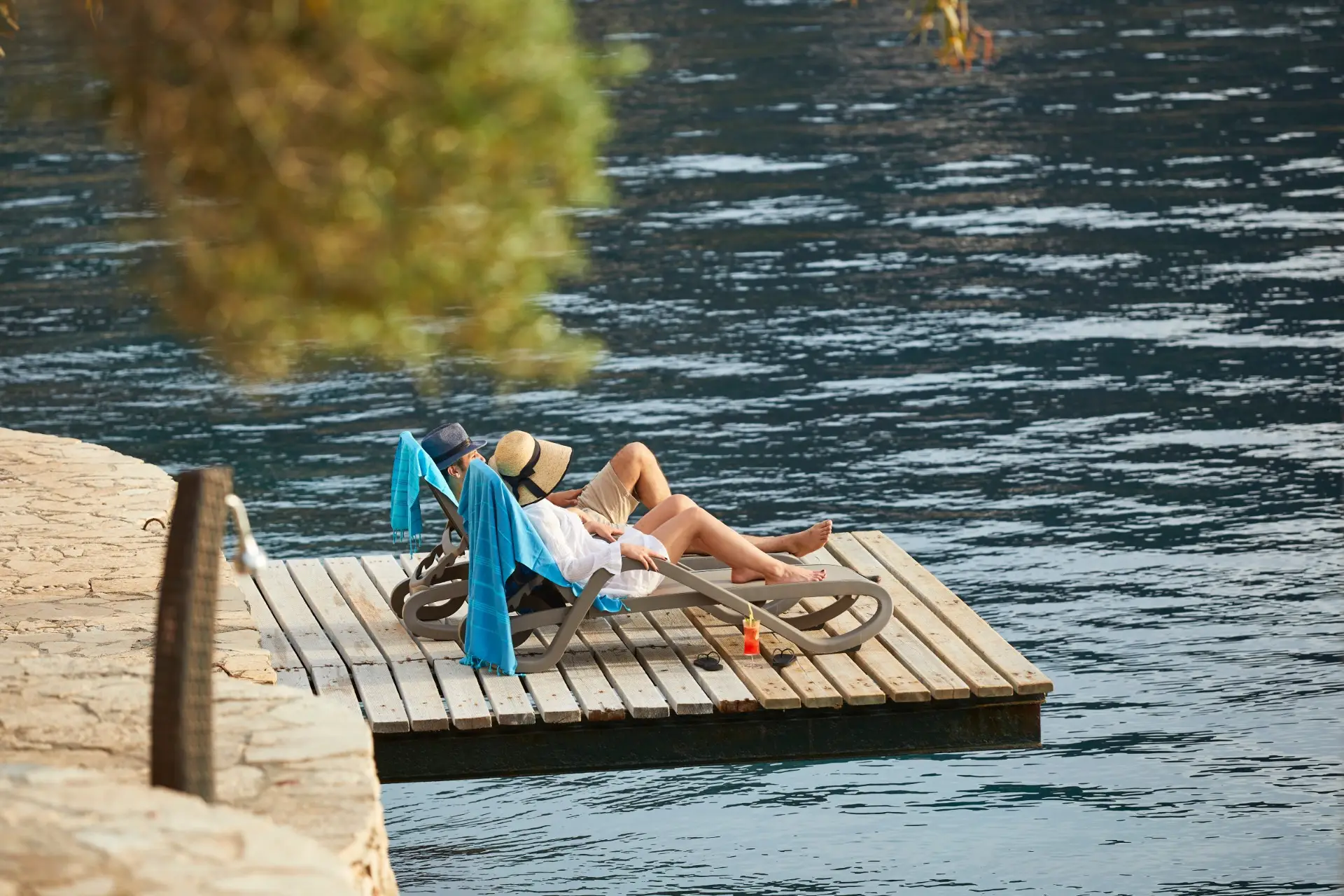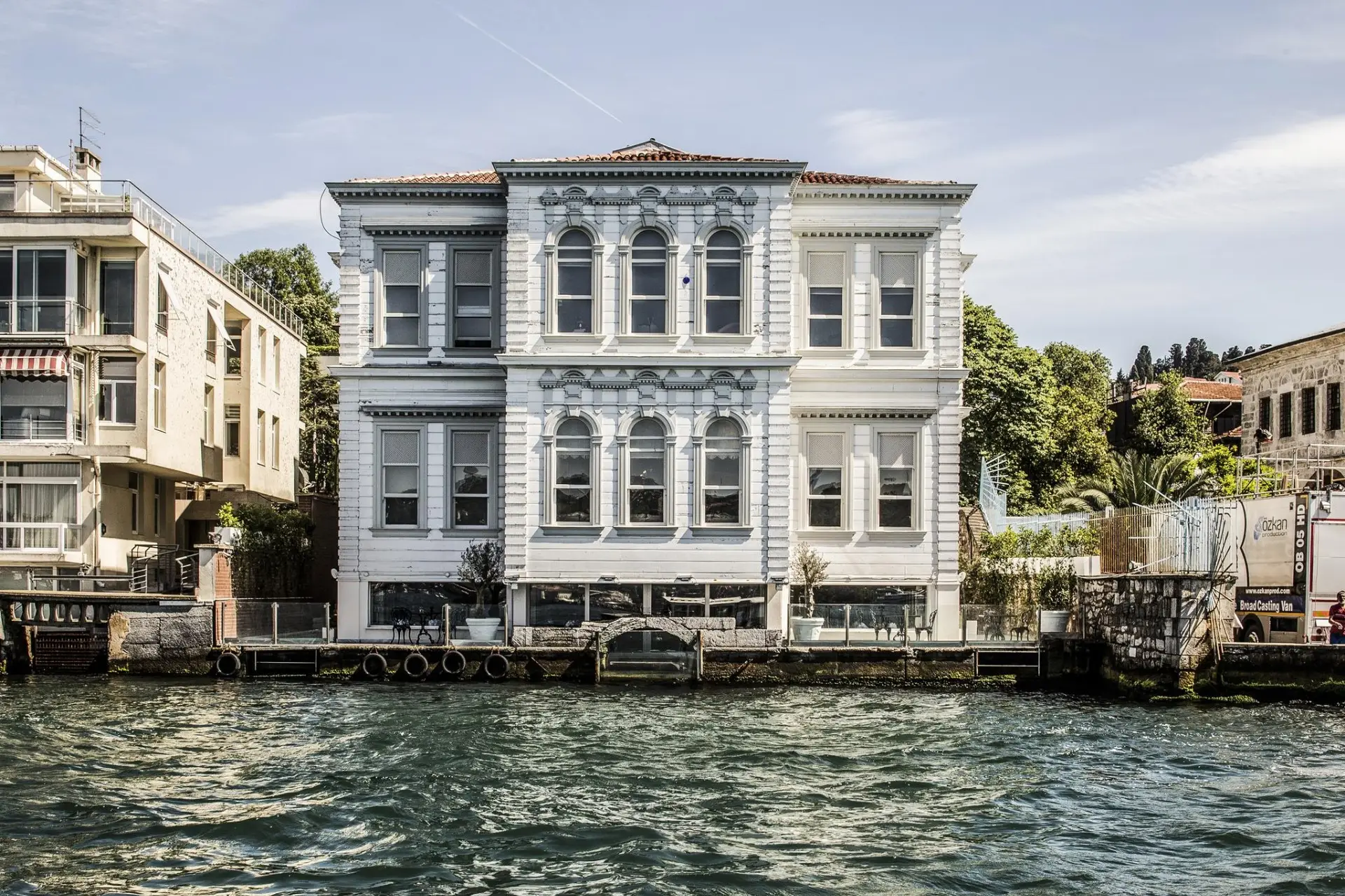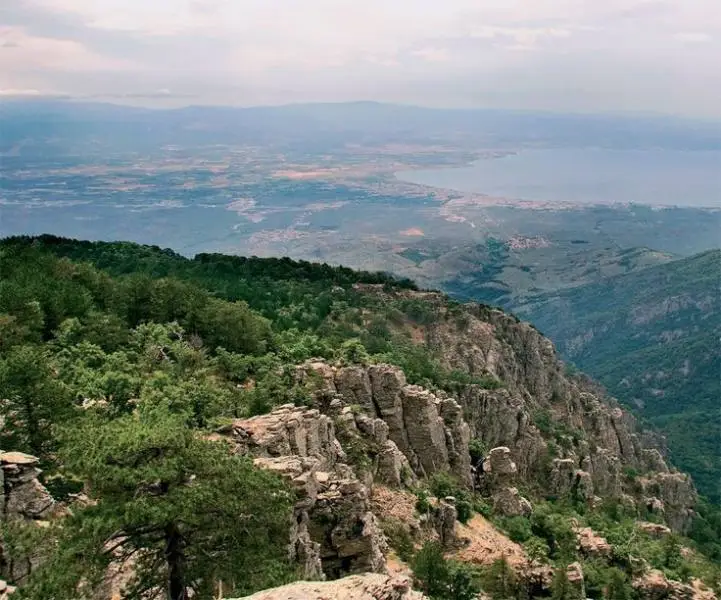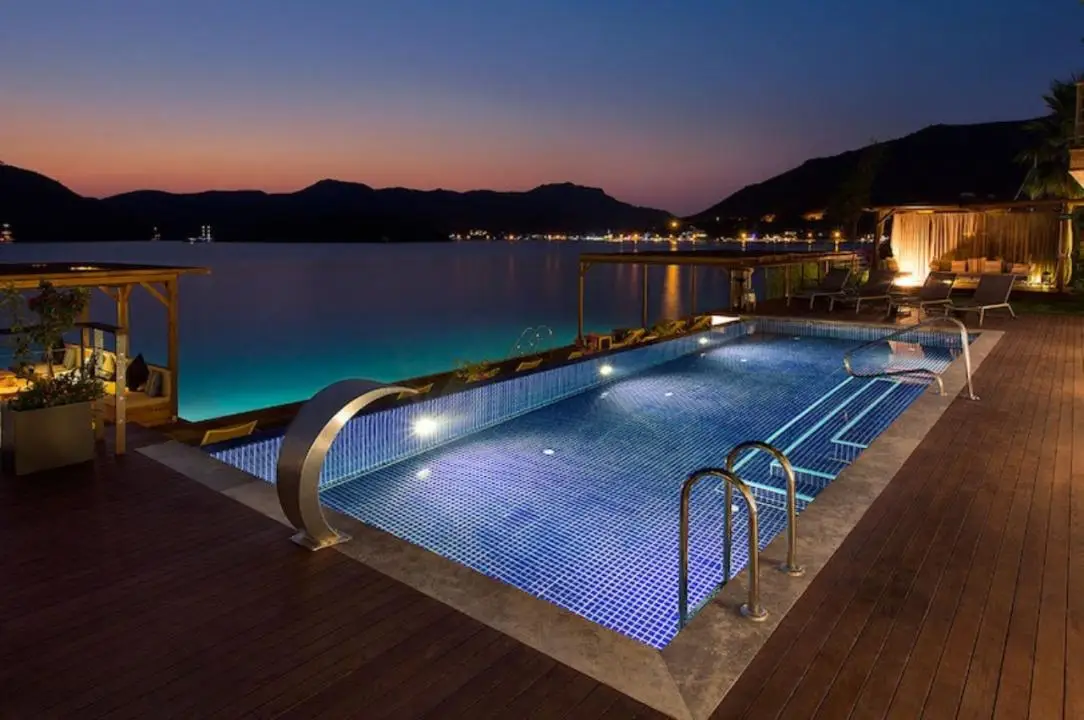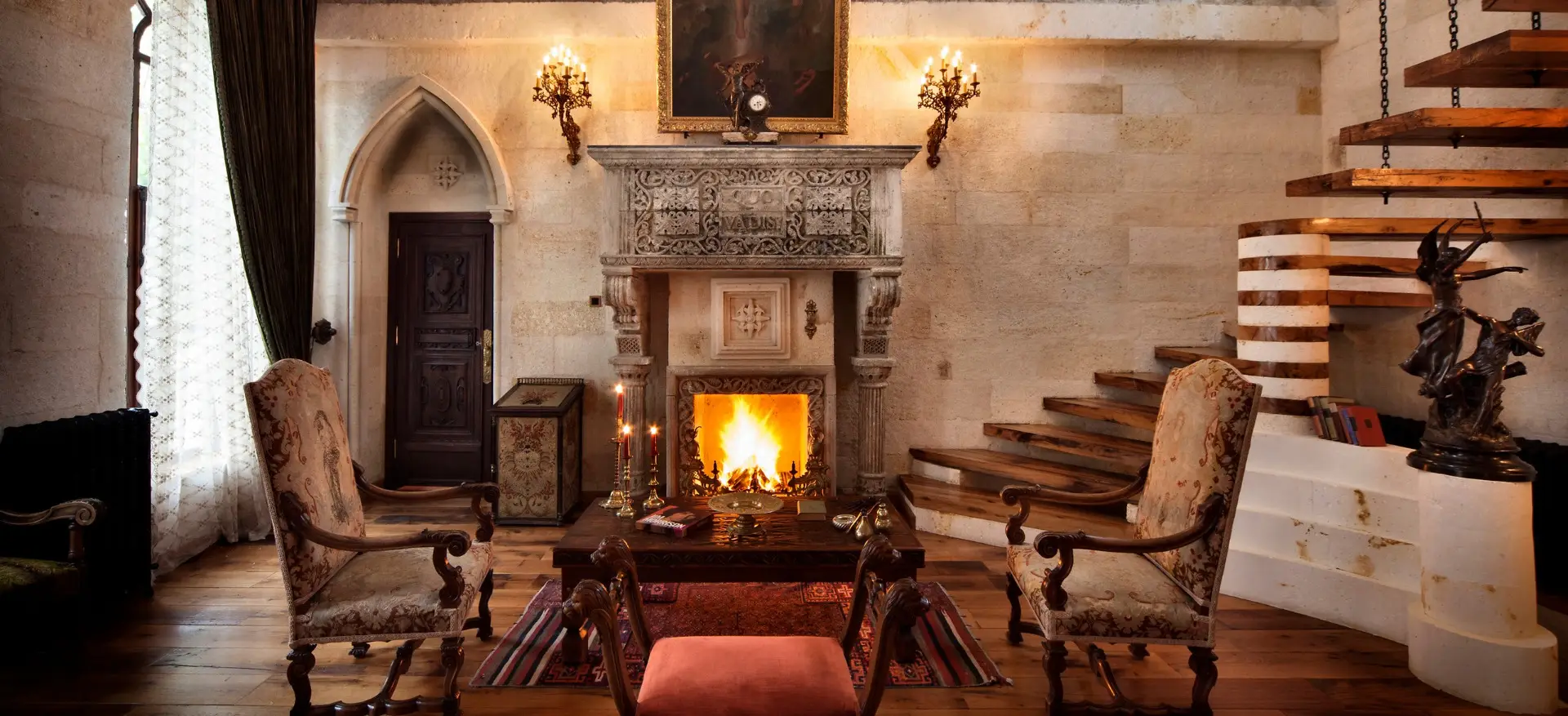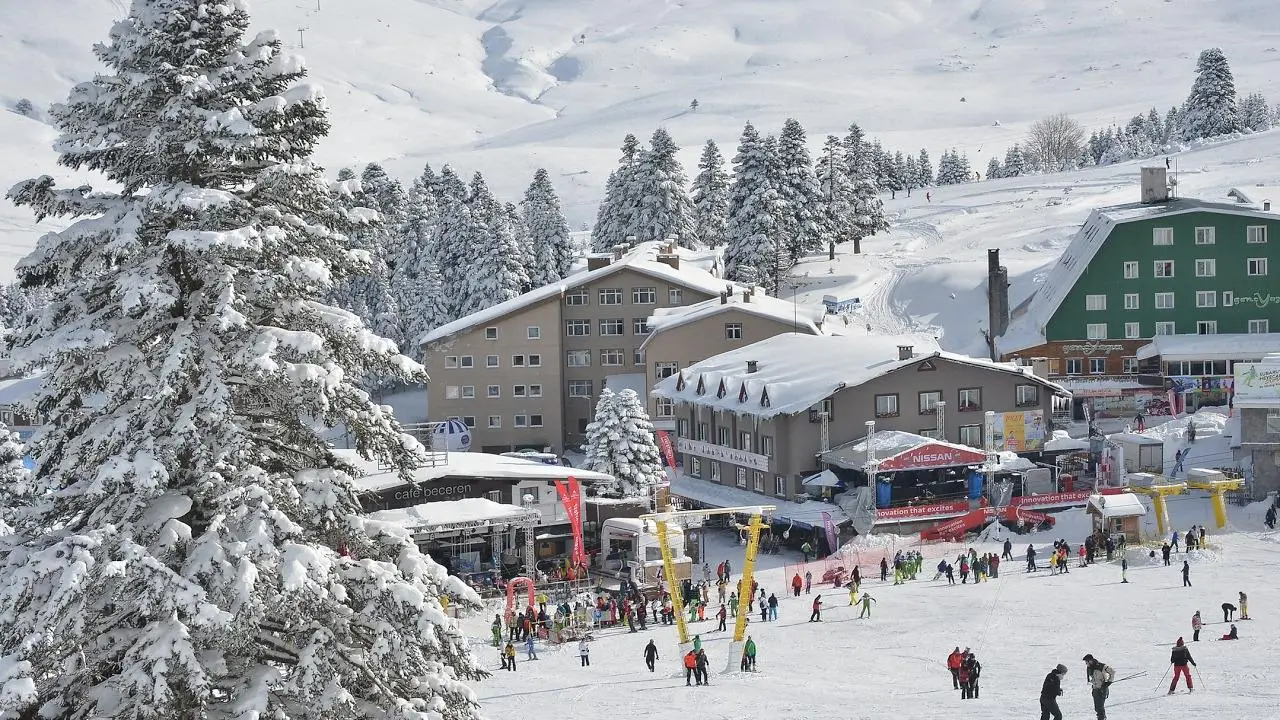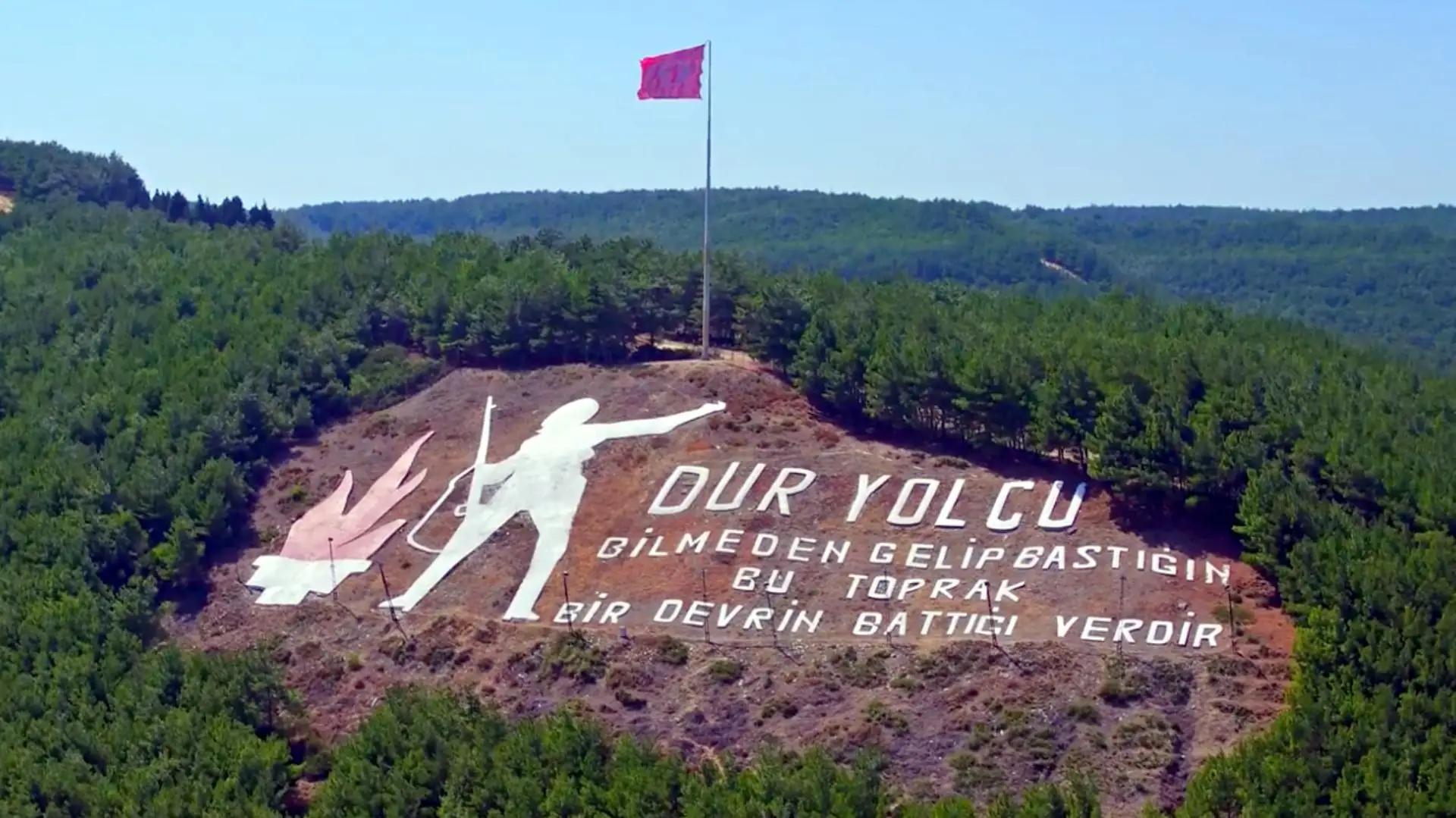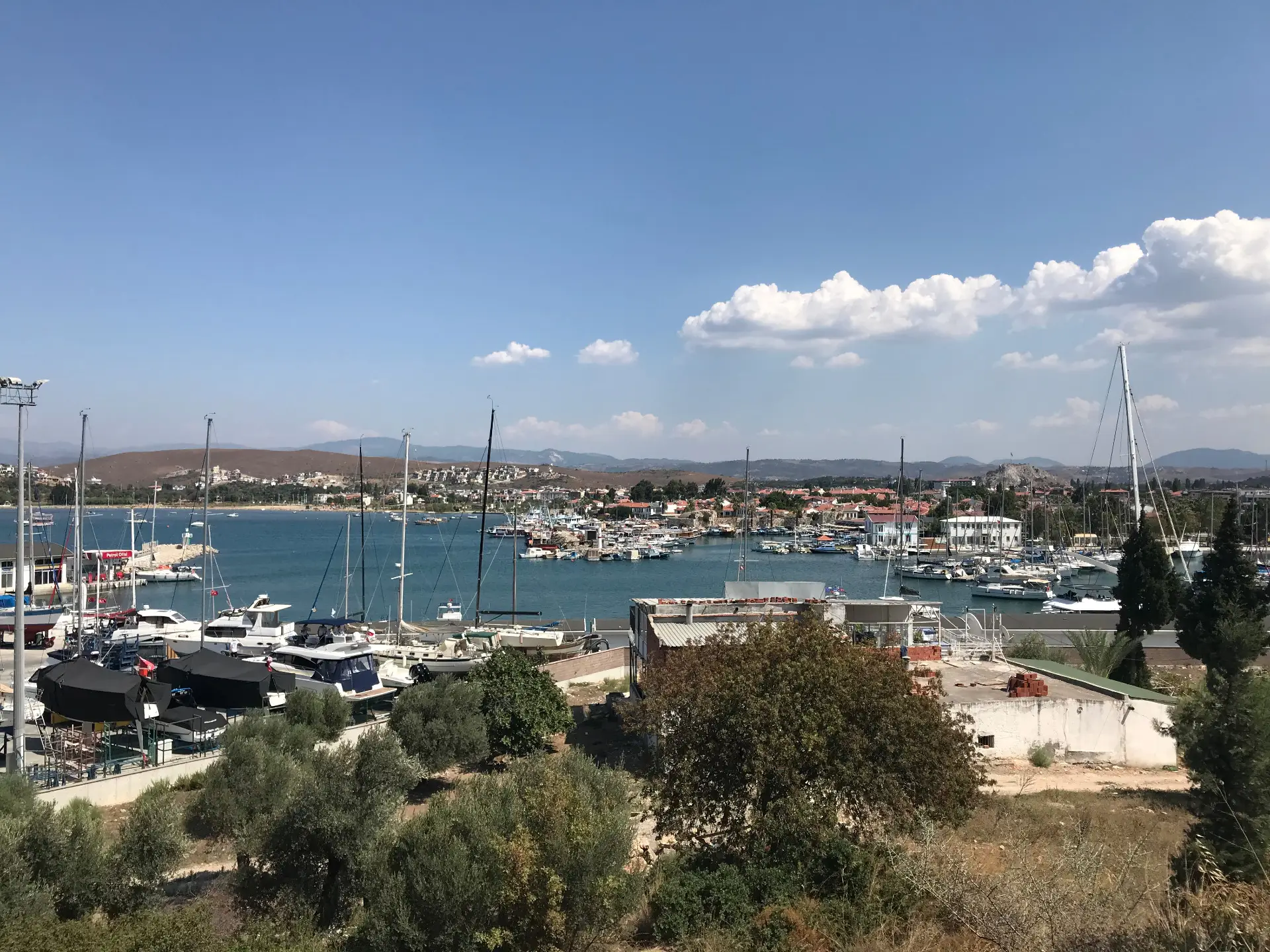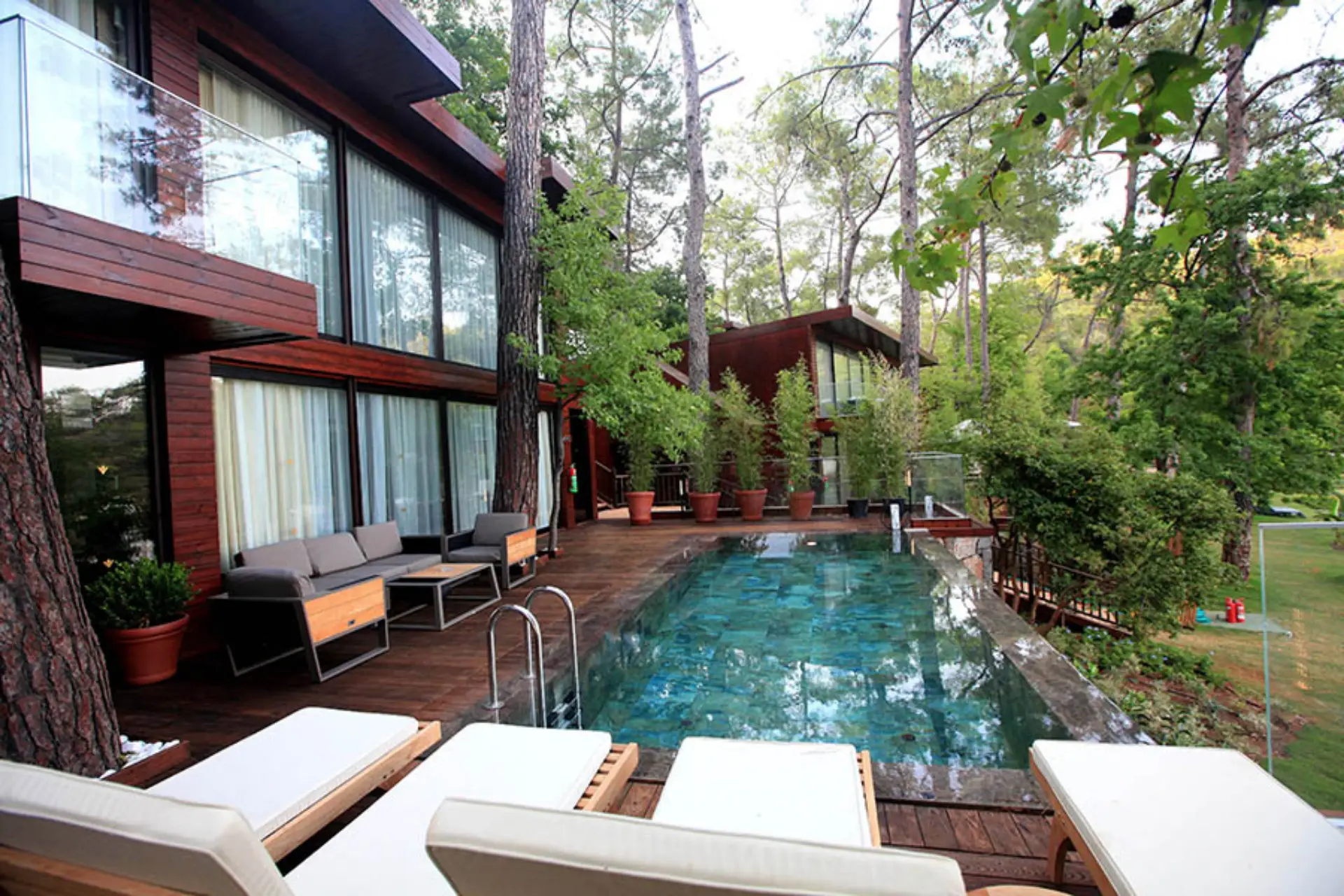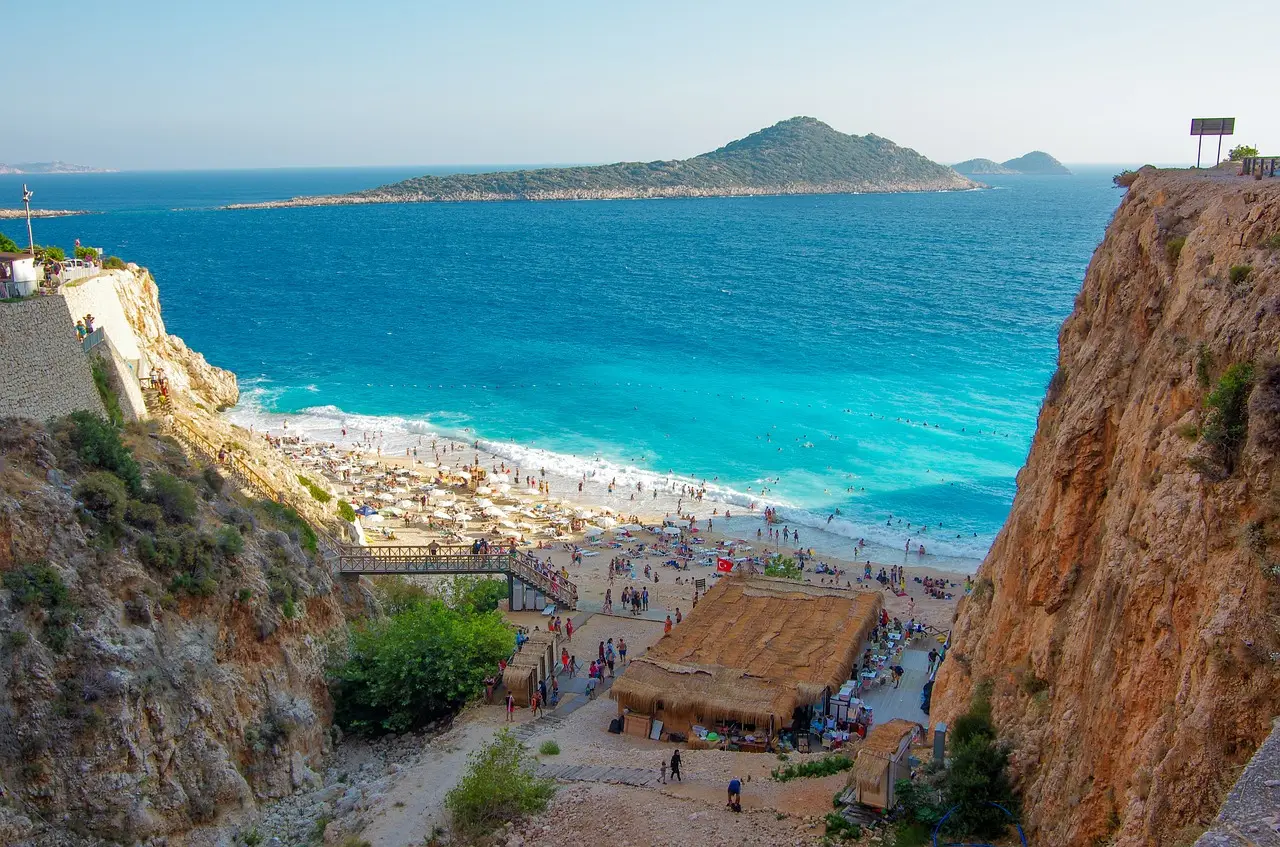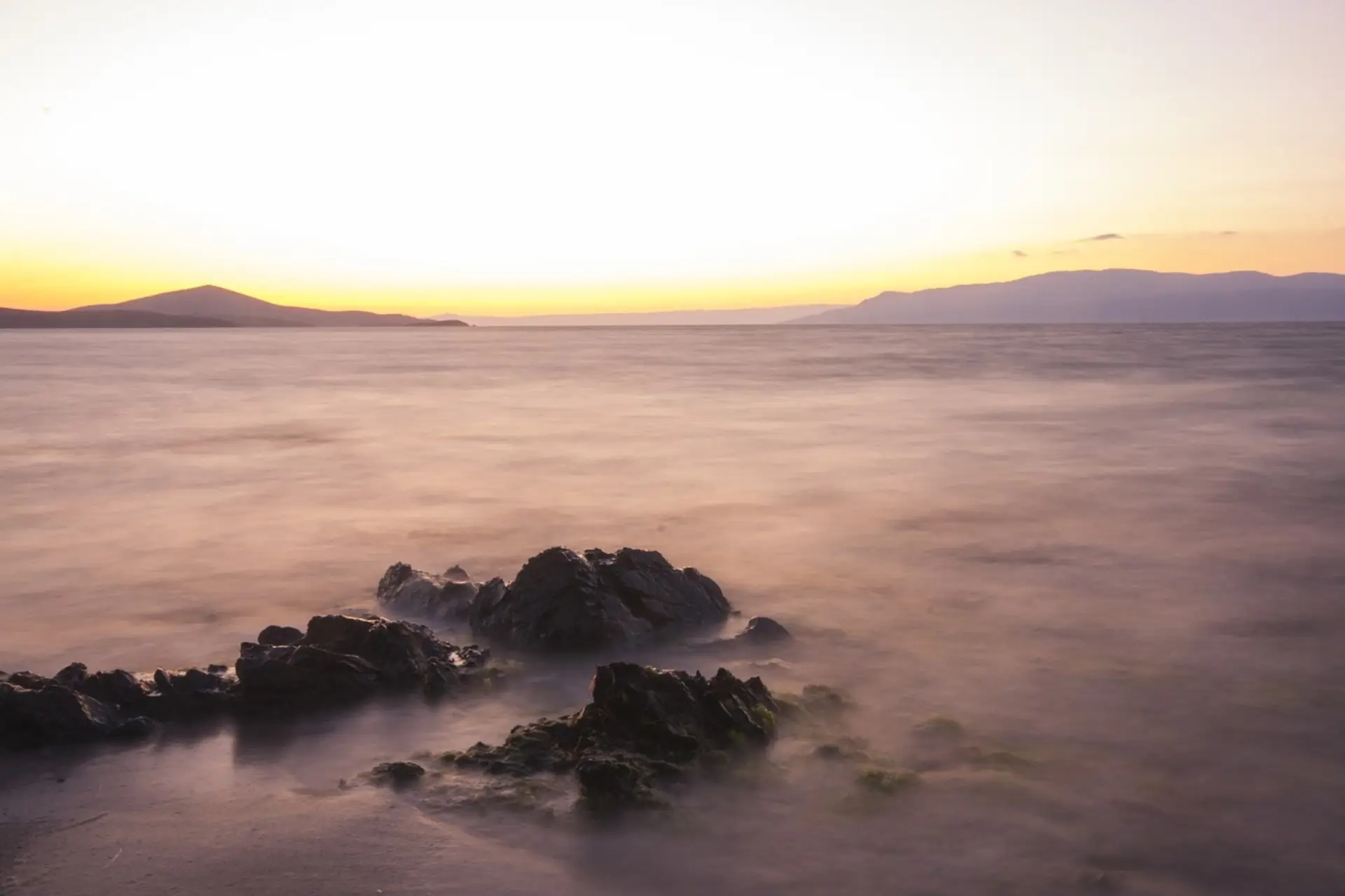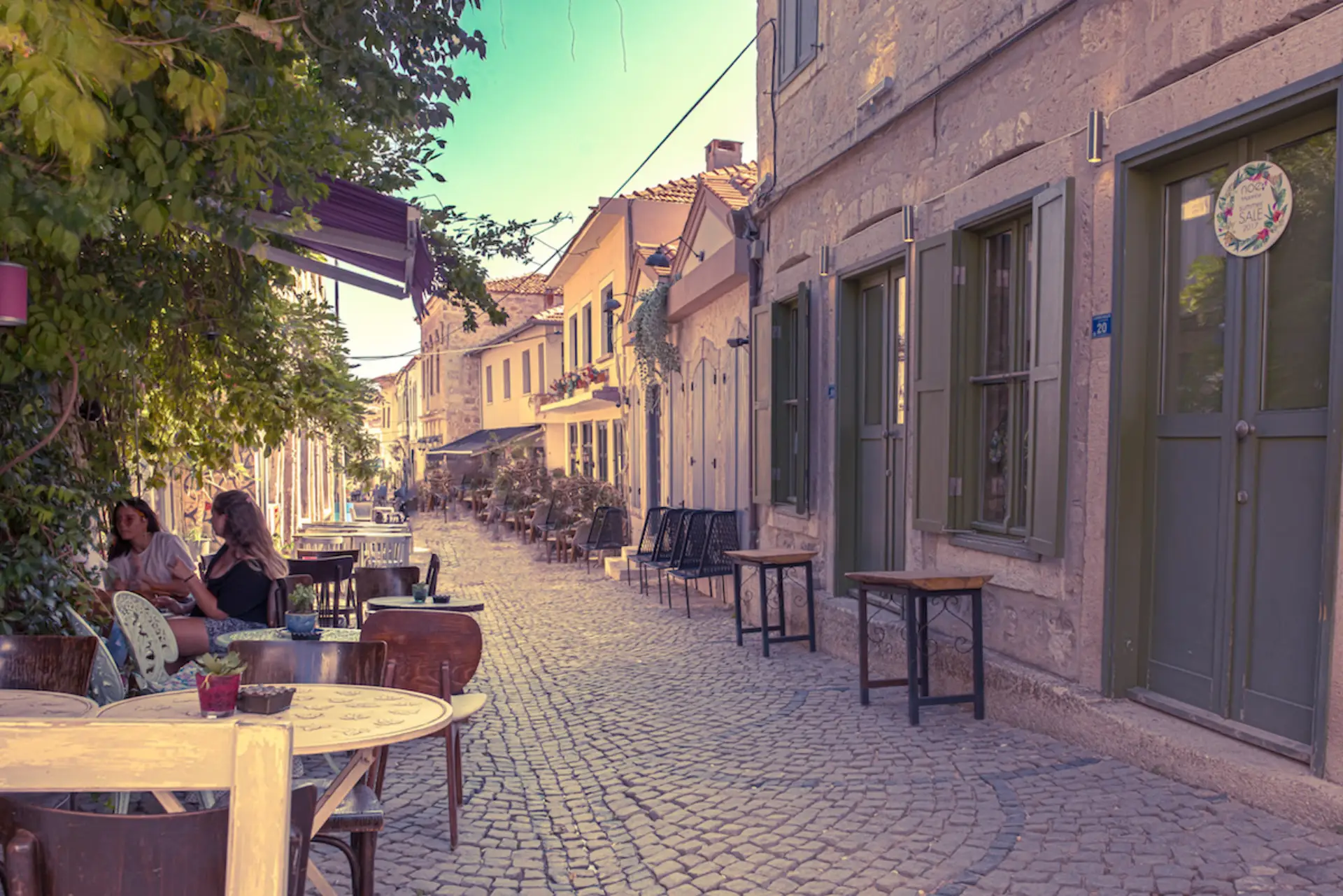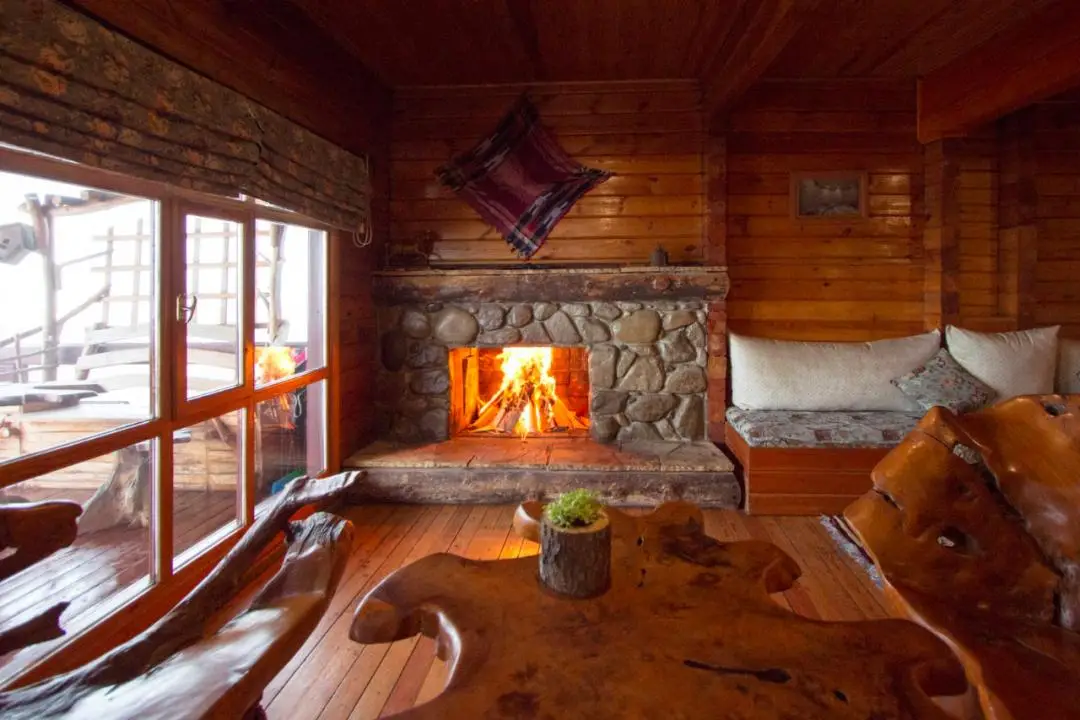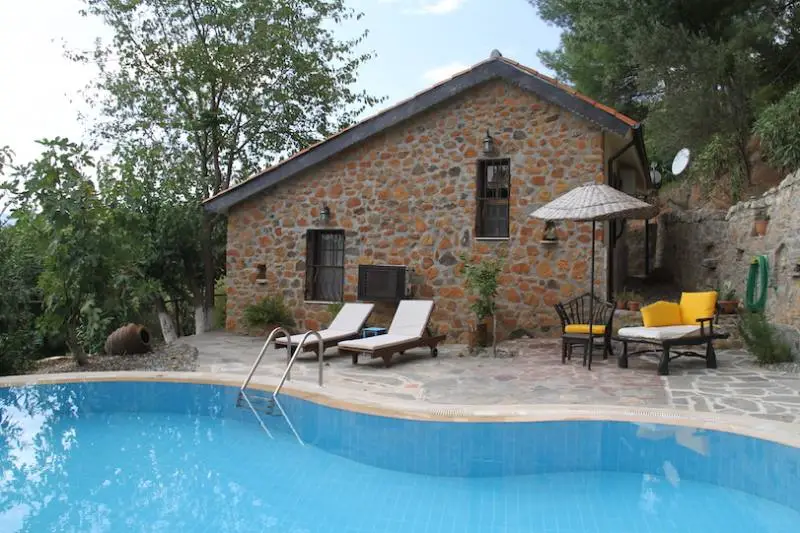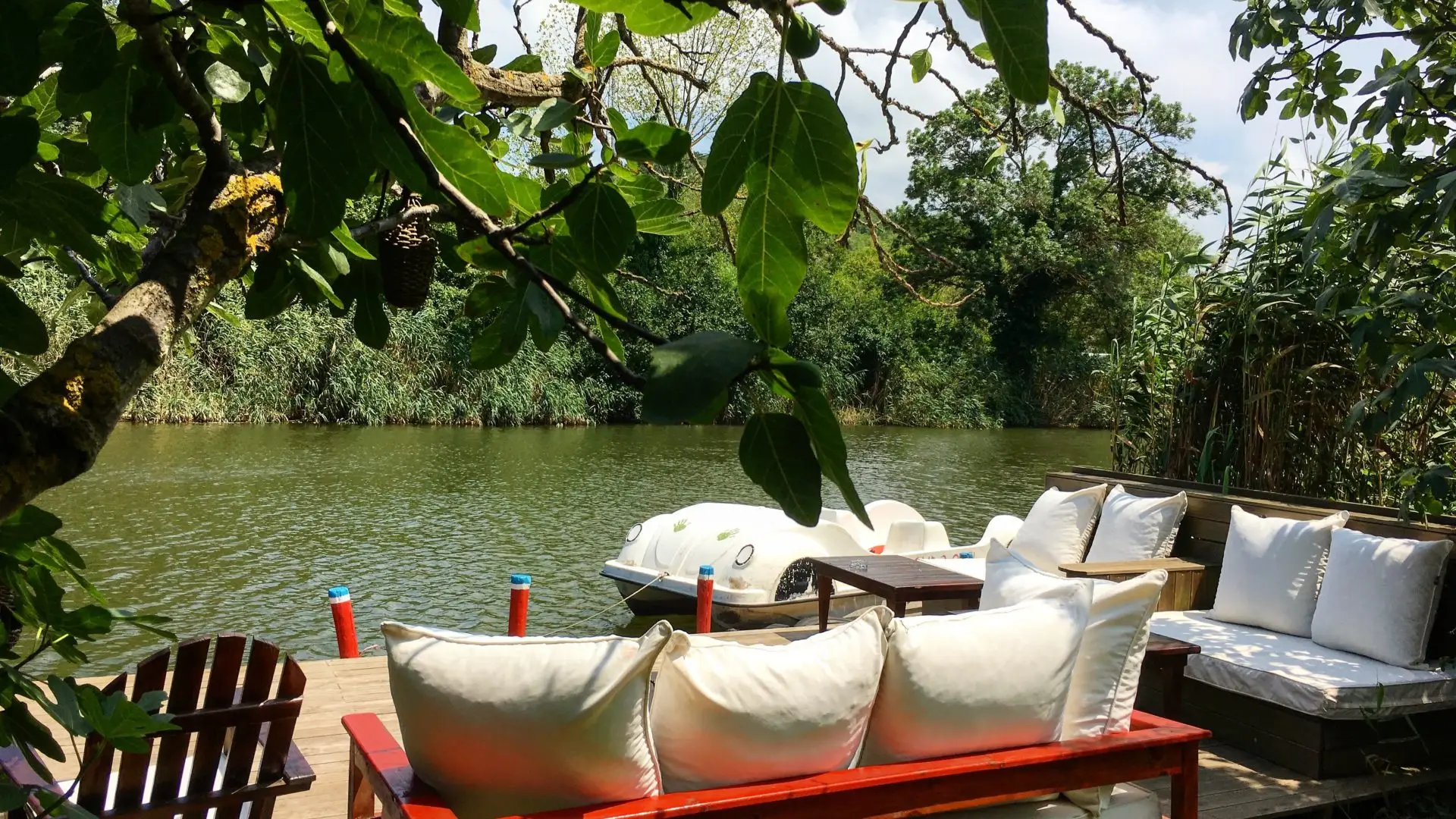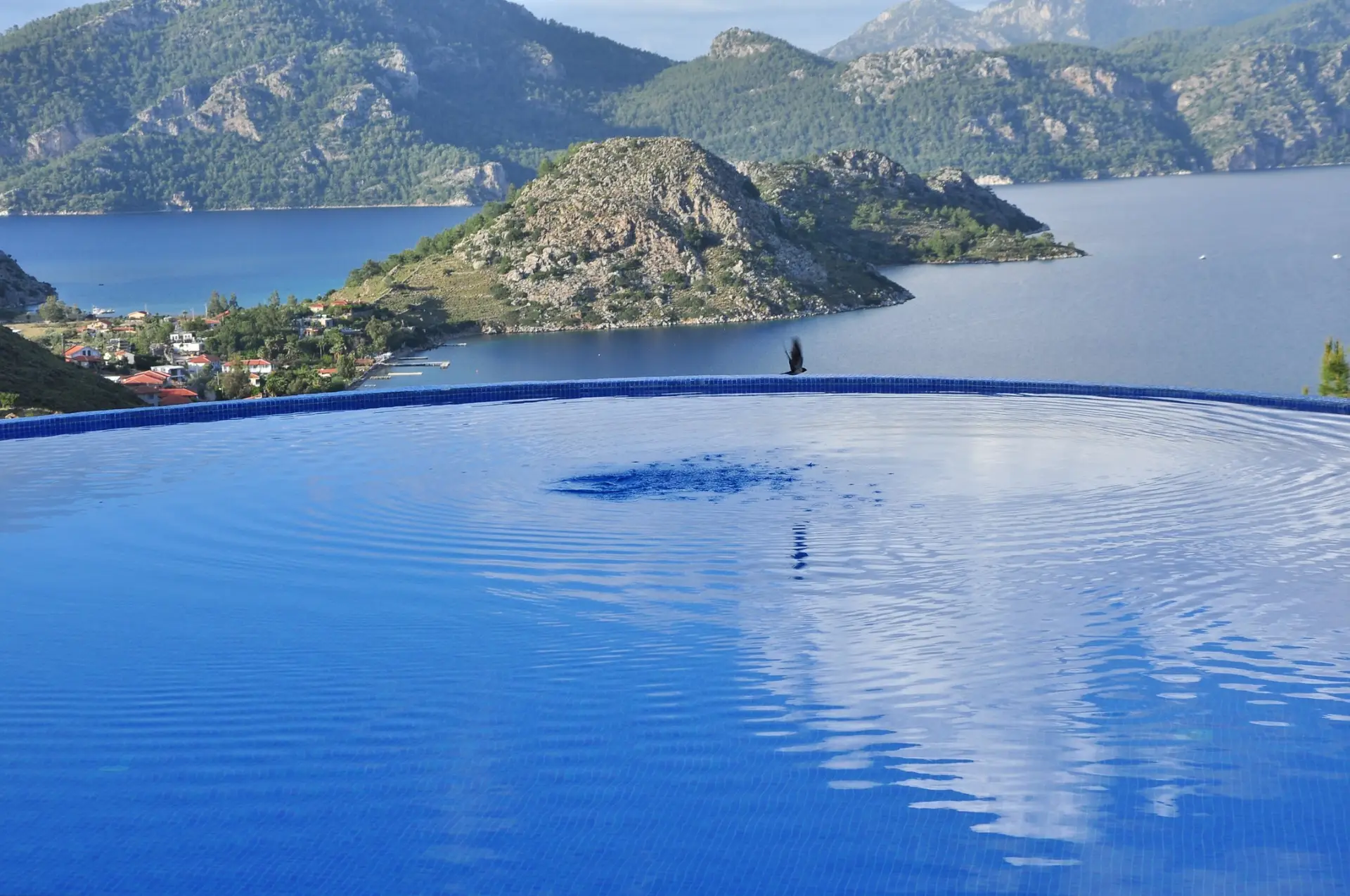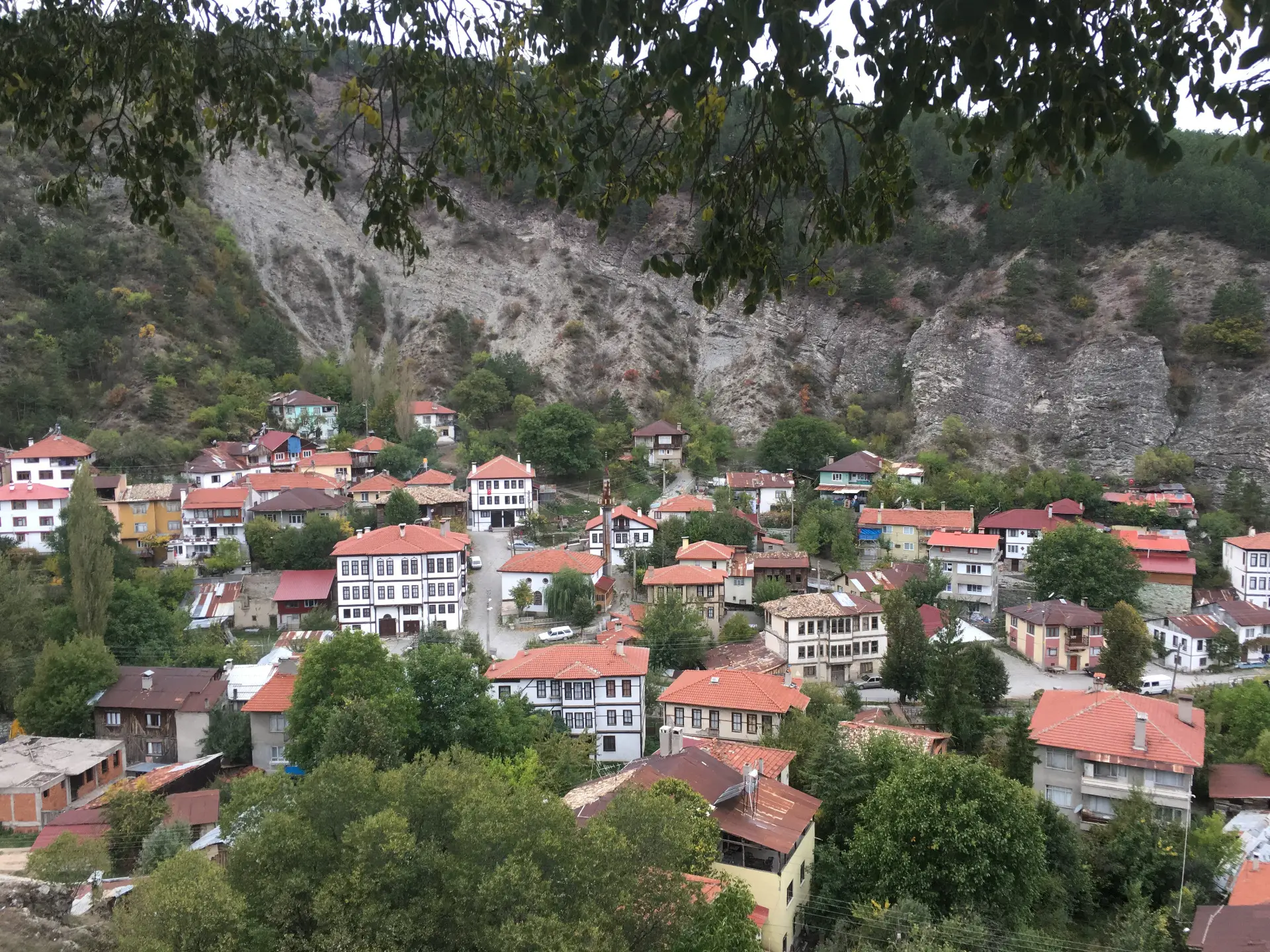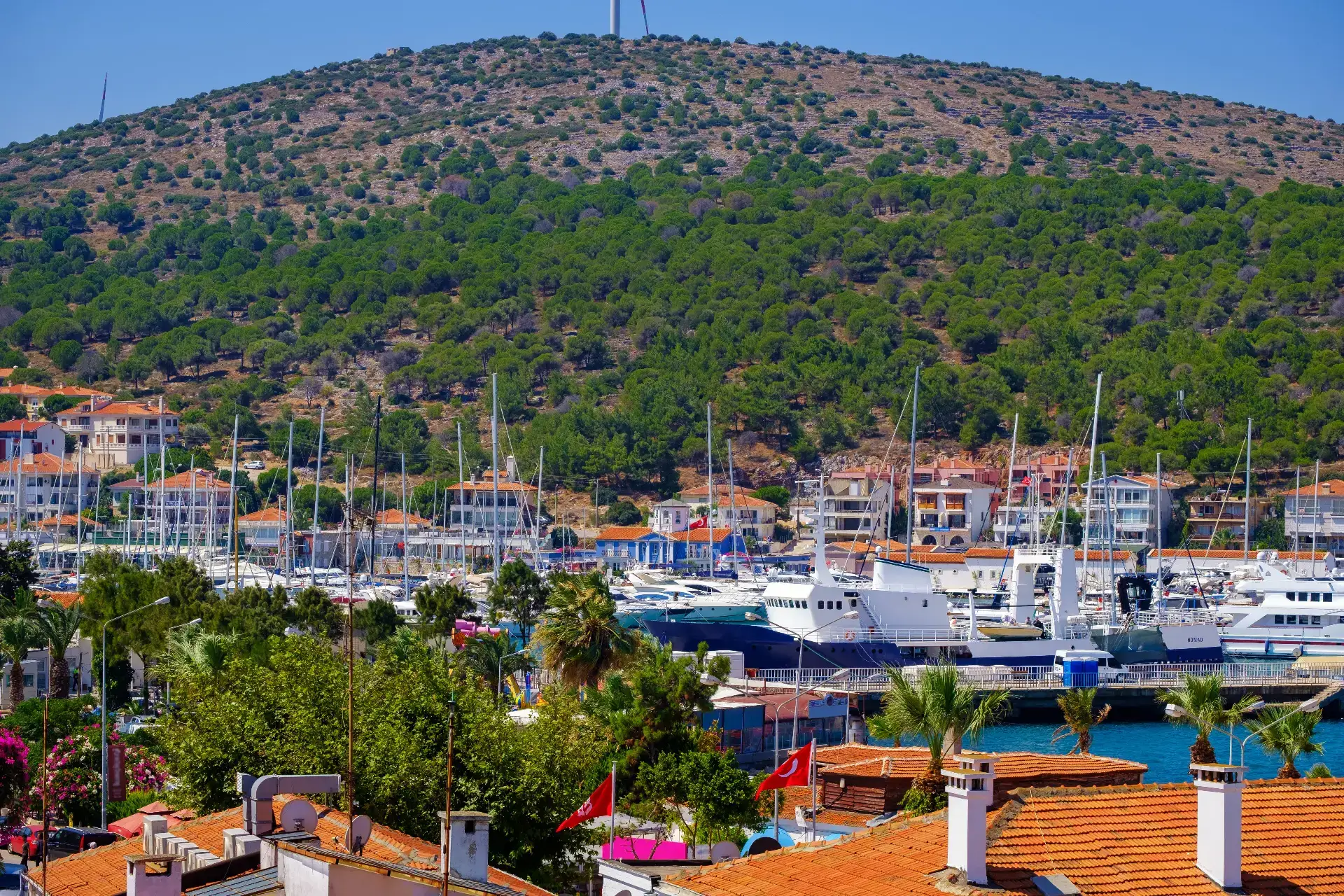Datça Travel Guide - The Best Datça Recommendations
A different holiday destination with its climate, natural beauties, food and unspoiled nature - Datça
Datça is a district of Muğla. It is also a holiday destination that has become increasingly famous in recent years. Those who escape from the classic holiday resorts are taking their breath in holiday resorts like Datça, which are a little calmer and located in nature.
Datça's untouched and unspoiled nature, 300 days of sunshine, abundant oxygen and constant windy weather that does not overwhelm even in very hot weather, fishermen lined up on the coast, appetizers and salads prepared with the local olive oil, Datça Peninsula, which is accepted as the 3rd place in the world in terms of oxygen density, being one of the 100 points of the world under protection within the framework of the "Hotspots of Europe" campaign, and its famous honey and almonds can be counted among its most important features.
Some of the features of Datça are that there are beautiful trails for hiking, there are many blue flag beaches, and it is sunny 300 days a year. You will admire the almond trees and colorful bougainvillea all over Datça. Olive and carob trees are another beauty. On the way to the villages, beehives on the roadside make thyme honey, pine honey and carob honey belonging to Datça.
The history of Datça Peninsula dates back to approximately 2000 BC. The first people known to have settled here were the Carians. However, Datça lived its most beautiful and magnificent period during the time of the Dorians. In the 4th century BC, the city was moved to what we see today as the ancient city of Knidos for economic reasons. By establishing a connection between the island and the land, they obtained two different harbors. In this way, trade developed further in the region.
After the Persians, Romans and Byzantines, the region came under Turkish rule. Therefore, you can see the remains and traces of many different cultures in the region. The first excavations to illuminate the history of the region were carried out by the British in the 1860s.
Datça hosts many local and foreign tourists every year with its nature, history, sea and beauties. However, it still has a very calm and peaceful structure compared to most holiday resorts. In fact, tranquility is one of the main reasons why tourists prefer the town. For example, it is still possible to find sandy beaches and bays away from the crowds in Datça.
Where to Stay in Datça
For recommendations on Datça hotels, check out this link:https://www.boutiquesmallhotels.com/datca-hotels
You can find many accommodation facilities in Datça to host the incoming tourists. From boutique and small hotels to apartment hotels and guesthouses, there are various types of accommodation facilities available in Datça.
Datça hotels are generally located right by the sea. You can also find hotels hidden a bit further back, nestled in the lush greenery of nature. Therefore, no matter where you stay, you will wake up to a magnificent view of nature or the sea.
While some boutique hotels in Datça are open year-round, others only operate during the summer holiday season. Generally, they are quite busy during the summer months. The owners are also residents or vacationers in the area. Therefore, they welcome you not as guests but as friends. They are very warm and friendly.
Some Notes About Datça:
- Did you know that Datça is protected by a special environmental board and that 70% of it is designated as a natural and archaeological site?
- Datça boasts 300 days of clear blue skies.
- Datça is the district in Turkey with the richest villagers.
- Datça has the highest education rate among districts in Turkey.
- Datça has the lowest crime rate in Turkey.
- Knidos, located 28 km away from Datça, was a highly advanced city in science, architecture, and art. The architect of the Lighthouse of Alexandria, one of the Seven Wonders of the Ancient World, Sostratos, lived here.
- Did you know that Datça didn't have electricity until 1978?
- The house of Can Yücel, who famously called Datça "the world's largest open-air psychiatric hospital," has been turned into a museum in Old Datça. It is only open for research purposes, except for August 12th, the anniversary of the poet's death, when it is opened to visitors.
- Places to Visit in Datça
- When you visit Datça, you can explore the area known as Old Datça.
- Old Datça Neighborhood: When you follow the yellow signs from the İskele Neighborhood, which is 2.5 kilometers away, you reach Old Datça. With its stone houses and stone-paved streets, it has an interesting texture. The house of the poet Can Yücel, a lover of Datça, and the street named after him, also known as Can Evi (House of Can), are located here.
- Old Datça, which was the town center in the early days, is now one of the upper neighborhoods of Datça. Its architecture, consisting of stone structures typical to the region, has been preserved and restored. With its stone and narrow streets, it resembles a theatrical set of a typical village. It wouldn't be right to talk about Old Datça without mentioning the famous poet Can Yücel. Being able to stay in this place where he spent the last years of his life, which he also featured in his poems, was important to him.
- Reşadiye Village: Reşadiye, one of the oldest settlements in Datça, is located 5 km from the city center (İskele Neighborhood). This area, where the mansion of Mehmet Ali Ağa is located, attracts a lot of attention with its history and mosque.
- Hızırşah Village: Hızırşah, the closest village to the center of Datça, is famous for its ceramic workshops dating back to the 4th century and the Selçuk Mosque.
- Mesudiye Village: Mesudiye, one of the most beautiful regions in the area, is located 20 km from Datça and is famous for its three charming bays (Hayıtbükü, Ovabükü, and Kızılbük).
- Gebekum: Located 4 km from Datça. With a length of 7 km, Gebekum has a sandy beach suitable for swimming. The beach multiplies and spreads due to the effect of the wind. It has also created a shallowness that allows walking from the sea to the island opposite with sand dune movements.
- Kargı Cove: Located three kilometers from the town center and can be reached on foot. The cove, sheltered from northern and southwestern winds, is calm and attractive in its natural beauty. The cove, with a pebble beach, also has small dining facilities and a small marina. There is a stream flowing into the cove where special municipal minibuses operate. Unfortunately, the nearby ancient church ruins are in a dilapidated state, but they have still managed to survive until today.
- Palamutbükü: Located 25 km from the district center, this bay is 10 km away from the Knidos Ancient City and is one of the most famous beaches on the peninsula. In addition to dining facilities, there are also accommodation facilities in the area. Its long beach is a mixture of pebbles and sand.
- You can also visit the Knidos Ancient City. Datça Knidos, a city that will forever preserve its beauty, which centuries cannot erase and time cannot fade. The most interesting structure of the Knidos City is the Temple of Aphrodite. The most beautiful Aphrodite that the human image can conceive, the first naked female sculpture in art history, Knidos Aphrodite.
- You can also see the Sundial of Eudoxus, built by the famous mathematician and astronomer of Knidos, Eudoxus, who lived in the 4th century BC. There is no other like this sundial in the world, which shows seasons and hours.
- What to Do in Datça?
- You can join day boat tours to explore Datça's magnificent sea and bays. You can visit bays and coves such as Kargı Cove, Hayıtbükü, Bencik Cove, and Ovabükü.
- You can go on a bike tour or hike in nature and take photographs.
- You can dive or surf in Datça's magnificent blues. You can try sports such as water skiing and windsurfing. You can take walks in the center of Datça or in nearby neighborhoods.
- In the evenings, you can enjoy fresh seasonal fish and appetizers in Datça's wonderful fish restaurants. You can also have fun in entertainment centers and bars late into the night.
- Swimming competitions are held between Datça and Symi Islands on September 1st, World Peace Day, and festivities follow in the evenings. Datça-Knidos Almond Festival, Mediterranean to Aegean friendship walks, scuba diving, surfing competitions, and bridge tournaments are held. If you happen to be there during those times, you can participate in these fun and cultural events.
- You can attend summer concerts held almost every week. You can stroll around the harbor and the market at night and go shopping.
- What to Buy in Datça?
- In Datça, you can find honey and almonds almost everywhere, in the market, bazaar, and shops. You can buy a product called "honeyed almond," prepared by mixing dried figs, honey, and roasted almonds.
- At neighborhood markets held on certain days of the week, you can find fresh fruits and vegetables and buy famous Datça fish. You can also find fresh or dried medicinal herbs.
- In addition to these, you can buy needle lacework, embroidered covers, silk weavings, and ceramic figurines that are unique to Datça and handmade by local artisans. You can find many original products, souvenirs, decorative items, and jewelry displayed by local artisans in stalls and shops. You can also purchase ceramic figurines specific to the region.
- Where to Eat in Datça
- When you come to Datça, the most important things you should try are fish, honey, and almonds. Datça's almonds are so famous that they are exported worldwide. Datça's honey, collected from myriad varieties and colorful wildflowers in nature, has a wonderful taste. You should taste and buy Datça honey.
- You can enjoy the best fish caught in Datça's waters in fish restaurants in Datça, accompanied by olive oil appetizers and various seafood dishes. In fact, in ancient times, it was written in books on pharmacy in the region that the most delicious way to eat fried fish is with honey and almond sauce. You can also find snail dishes in many places in Datça.
- In addition to these, there are also tastes specific to Datça's own culture, blended with Aegean cuisine. Some of these are: könger (a local dish), ütmek, lokum pilavı (a type of rice dish), stuffed zucchini blossoms, and of course, interesting dishes with intriguing names like zeytinyağlı (dishes cooked with olive oil), garaville, turpucu, mürdümük, and celpleme. We recommend you try them.
- You can enjoy a nice tea at a tea garden where photos and poems of the famous poet Can Yücel are hung, and where the last wine he drank and the glass he used are displayed behind a showcase.
- Editor's recommendation: Nuriye, who runs a small island pension in Ovabükü, Datça, makes delicious fried eggplant using her own products (olive oil, eggplant, almonds, parsley).
- Datça Culinarium restaurant; We recommend Circassian dumplings, buttered grouper, and especially Semifredo dessert.
- Poyraz Restaurant in Mesudiye Ovabükü in Datça offers everything delicious, but the grilled fish is outstanding! It's really the most successful spot on the Ovabükü beach. Every day, you can't go without eating stuffed zucchini blossoms and hunter's pastry.
- Garavilla Restaurant. Serving the most delicious flavors of Aegean and Mediterranean cuisine, Garavilla restaurant serves against a unique view inside the Mavi Beyaz Hotel. You must taste the menus prepared with Datça's local and fresh herbs.
- Antik Cafe. Antik Cafe, a café in an arts and crafts workshop in Old Datça, allows you to have breakfast with bird sounds or listen to light live music accompanied by homemade liqueur.
- Hüsnü'nün Yeri. One of the fish restaurants serving on the sandy beach, Hüsnü'nün Yeri, is a special address with its location and delicious seafood. You should definitely try the appetizers and grills prepared with local olive oil.
- Mocca Cafe. You can enjoy delicious pizzas and pastas in this charming café serving in Datça's historic harbor, or you can take a small dessert and coffee break after dinner.
- Erkan'ın Yeri. Erkan's Place is definitely very successful in home cooking.
- Le Jardin de Semra. You must try Le Jardin de Semra special salad prepared with local herbs and almonds. All the vegetables used in the dishes are grown in Semra Hanım's own organic garden.
- Yesim Bar in Kargı Cove, minced meat pita and "çökertme kebab".
- How to Get to Datça
- Datça is located at the far end of the Marmaris Peninsula, where the Aegean and Mediterranean seas meet. If you are coming by bus, you should first reach Marmaris and then transfer to Datça by minibus or bus.
- You can also reach Datça from Istanbul and Ankara by flying to Bodrum and Dalaman Airports. Dalaman Airport is 155 km away from the center of Datça. There are also shuttles to Marmaris. In Bodrum flights, there are flights that coincide with ferry schedules. The ferry ride between Bodrum and Datça takes 2 hours.
- o If you prefer to travel by car, here are some road information for you:
- o The distance between Muğla and Datça is approximately 125 kilometers and takes about 2 hours.
- o The distance between Marmaris and Datça is approximately 70 kilometers and takes about 1 hour 15 minutes.
- o The distance between Aydın and Datça is approximately 220 kilometers and takes about 3 hours 40 minutes.
- o The distance between Istanbul and Datça is approximately 880 kilometers and takes about 12.5 hours.
- o The distance between Ankara and Datça is approximately 710 kilometers and takes about 10 hours 15 minutes.
- o The distance between Bursa and Datça is approximately 645 kilometers and takes about 9 hours.


